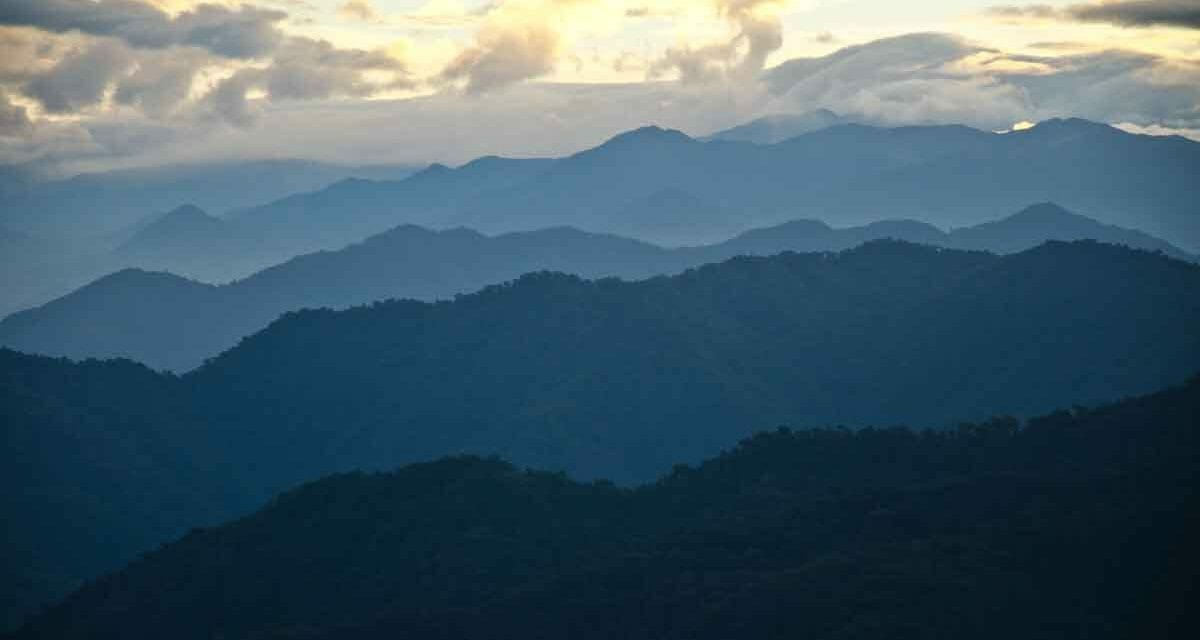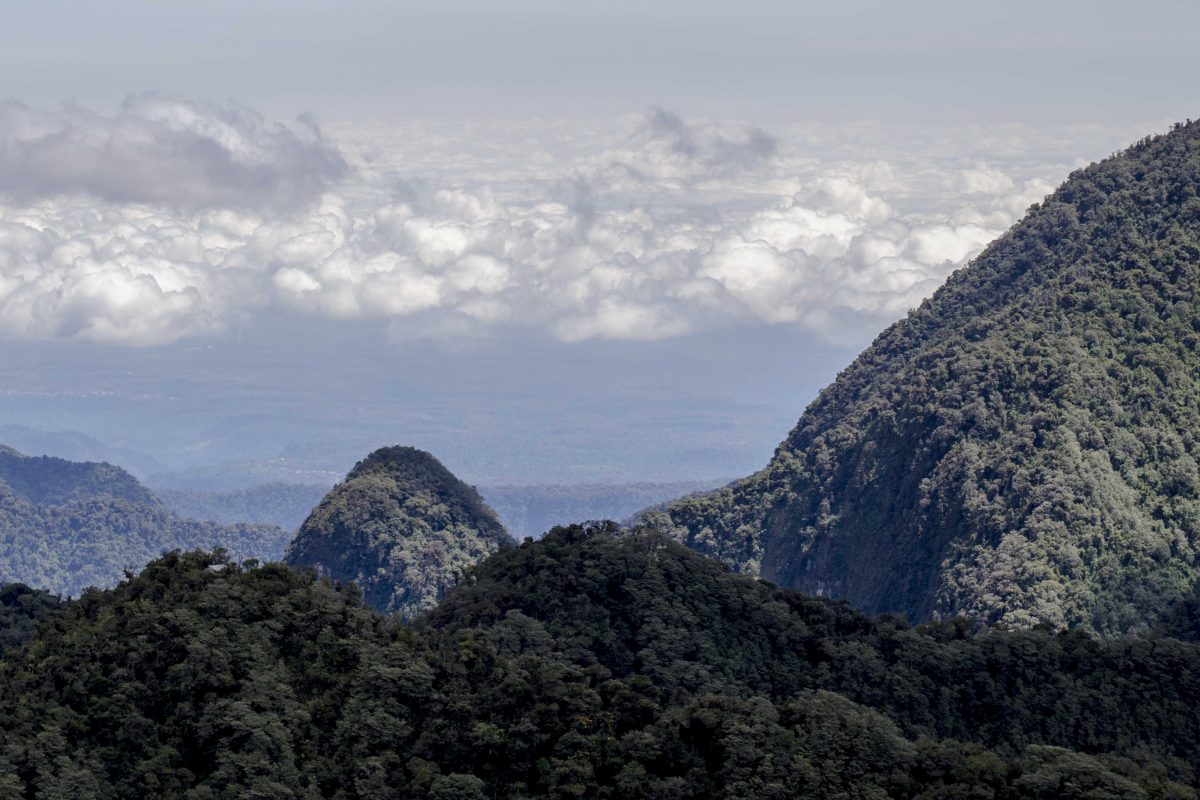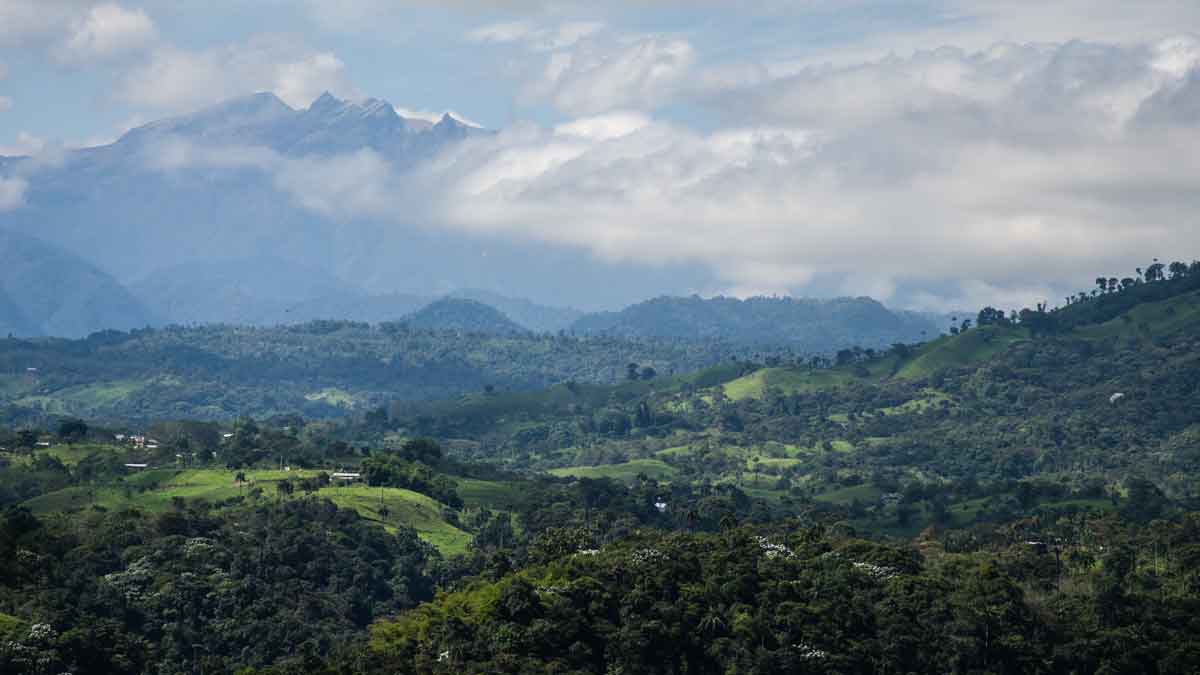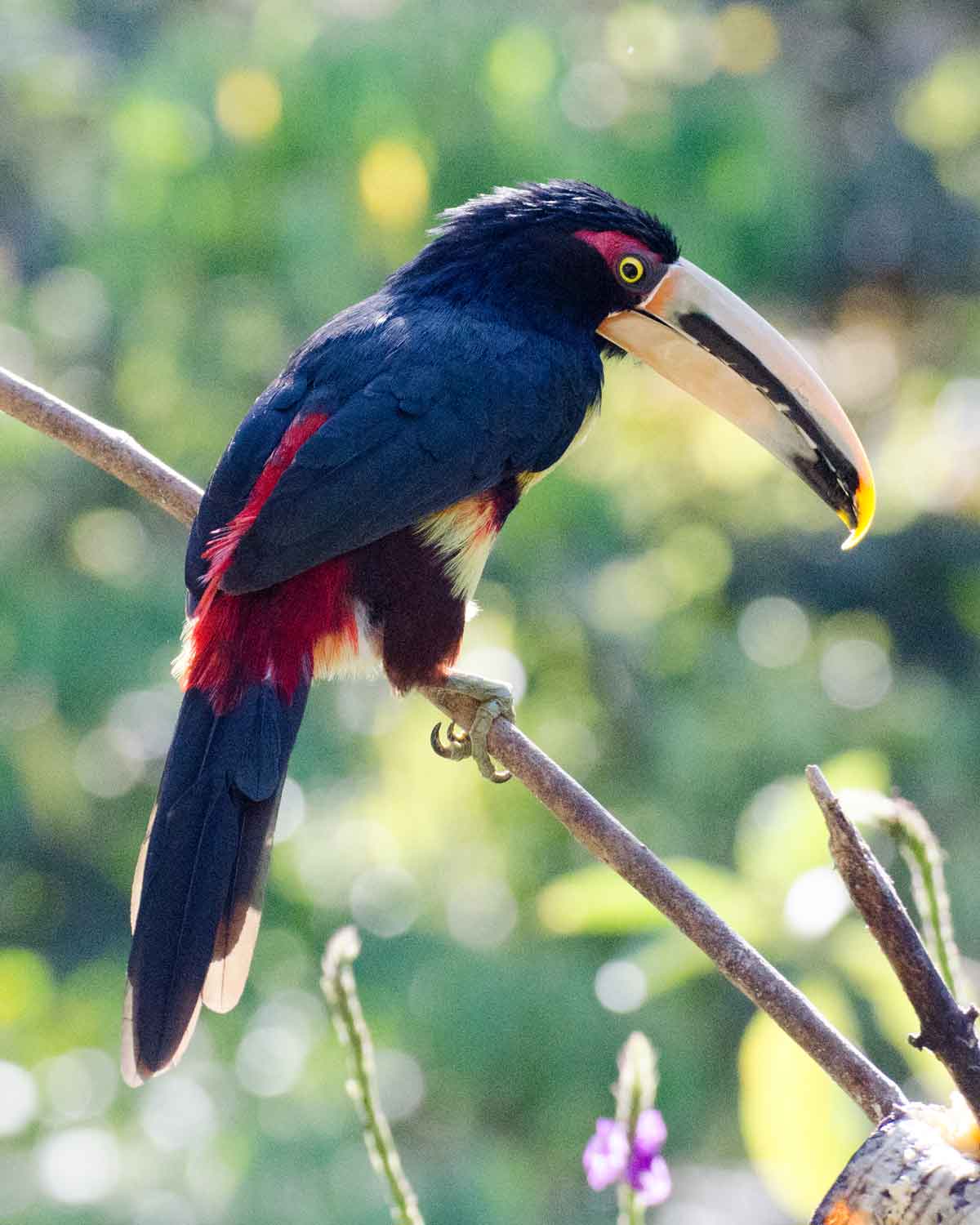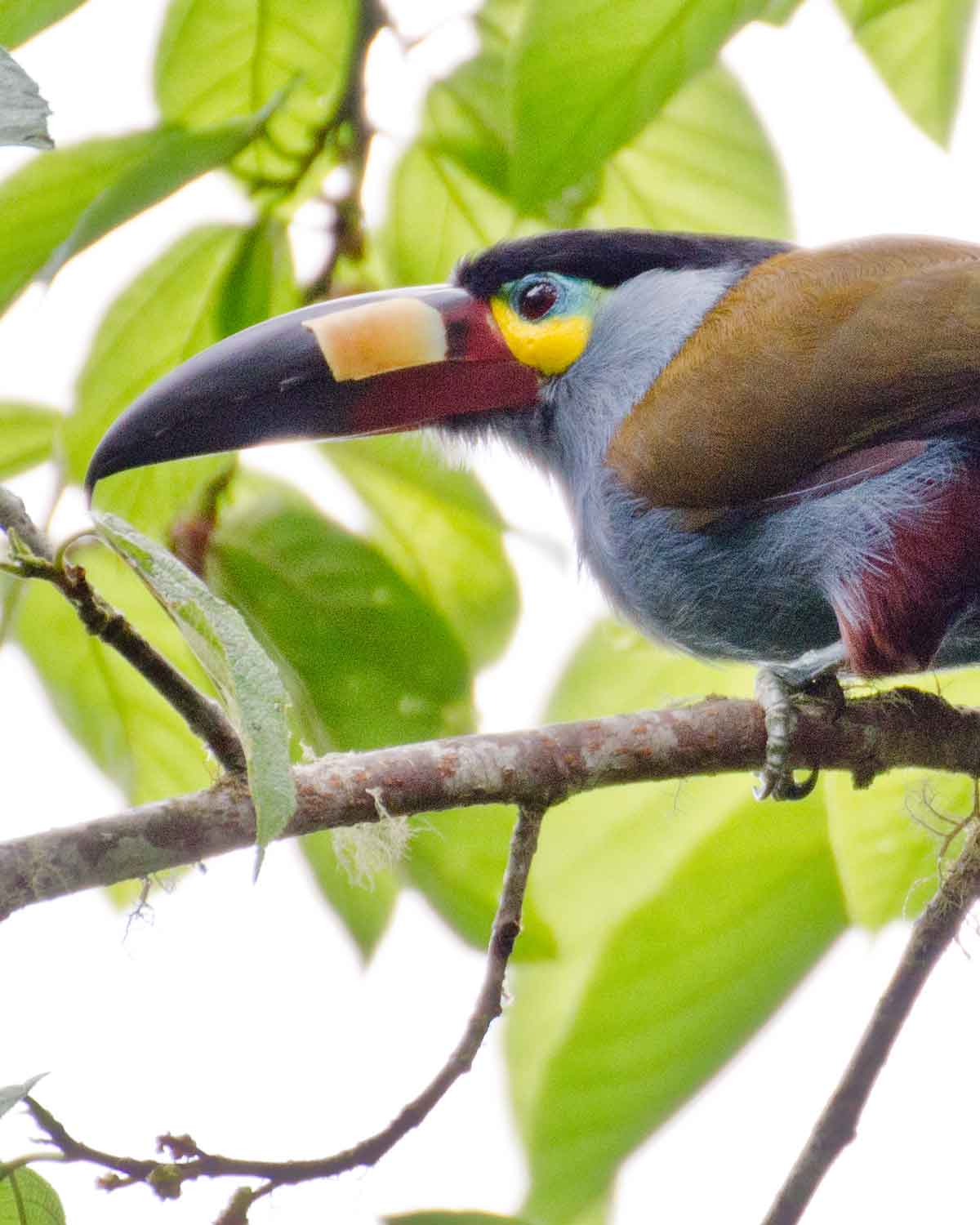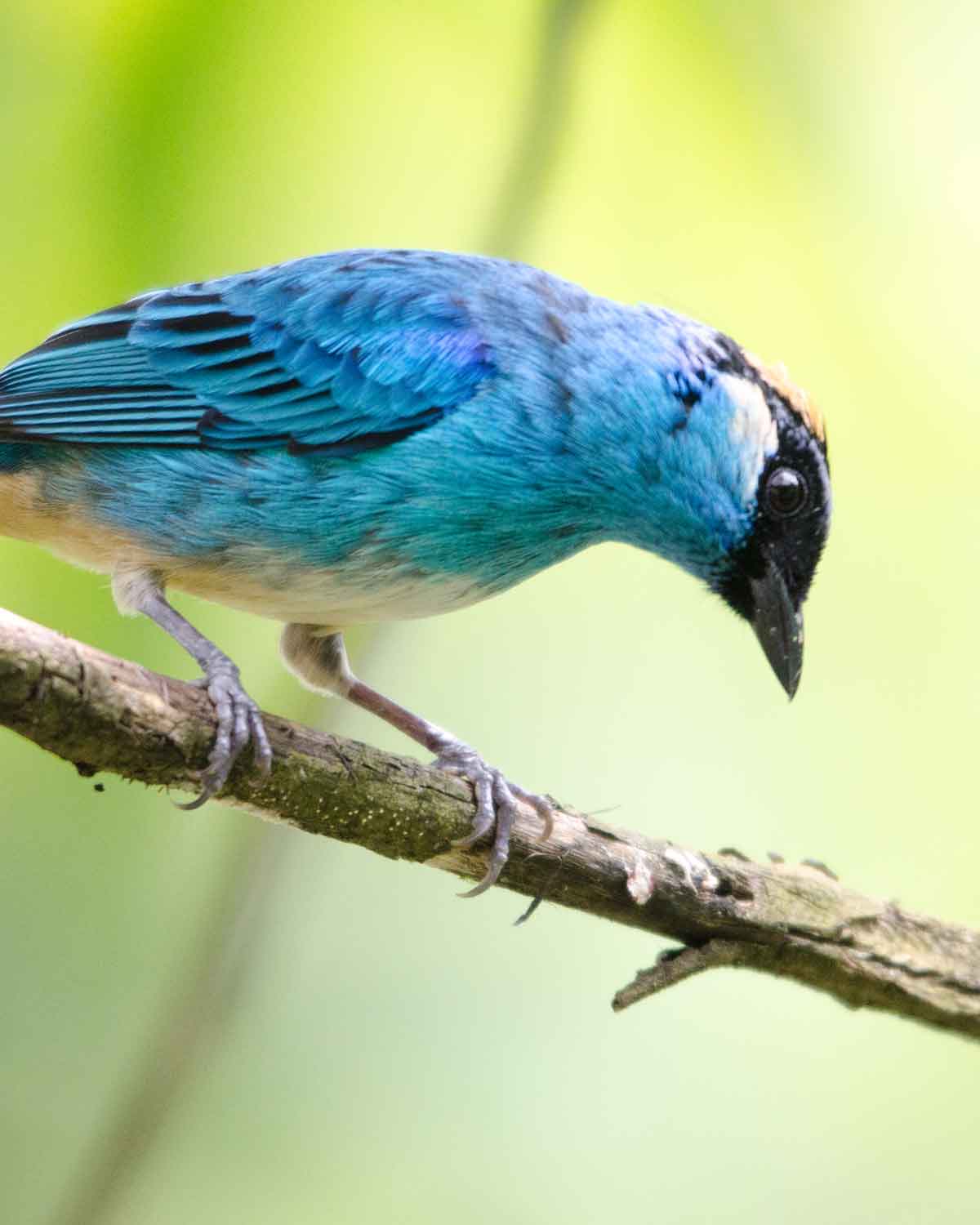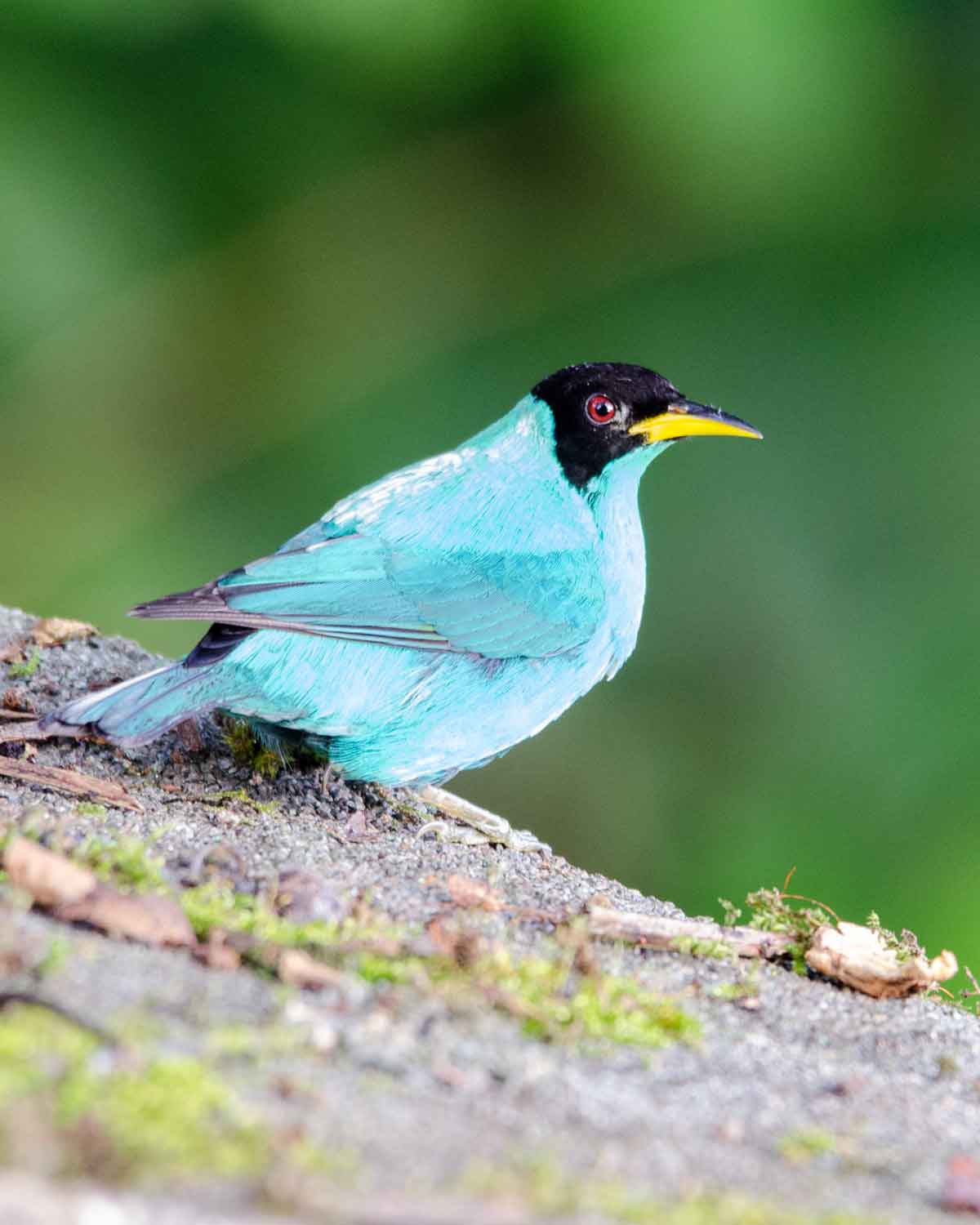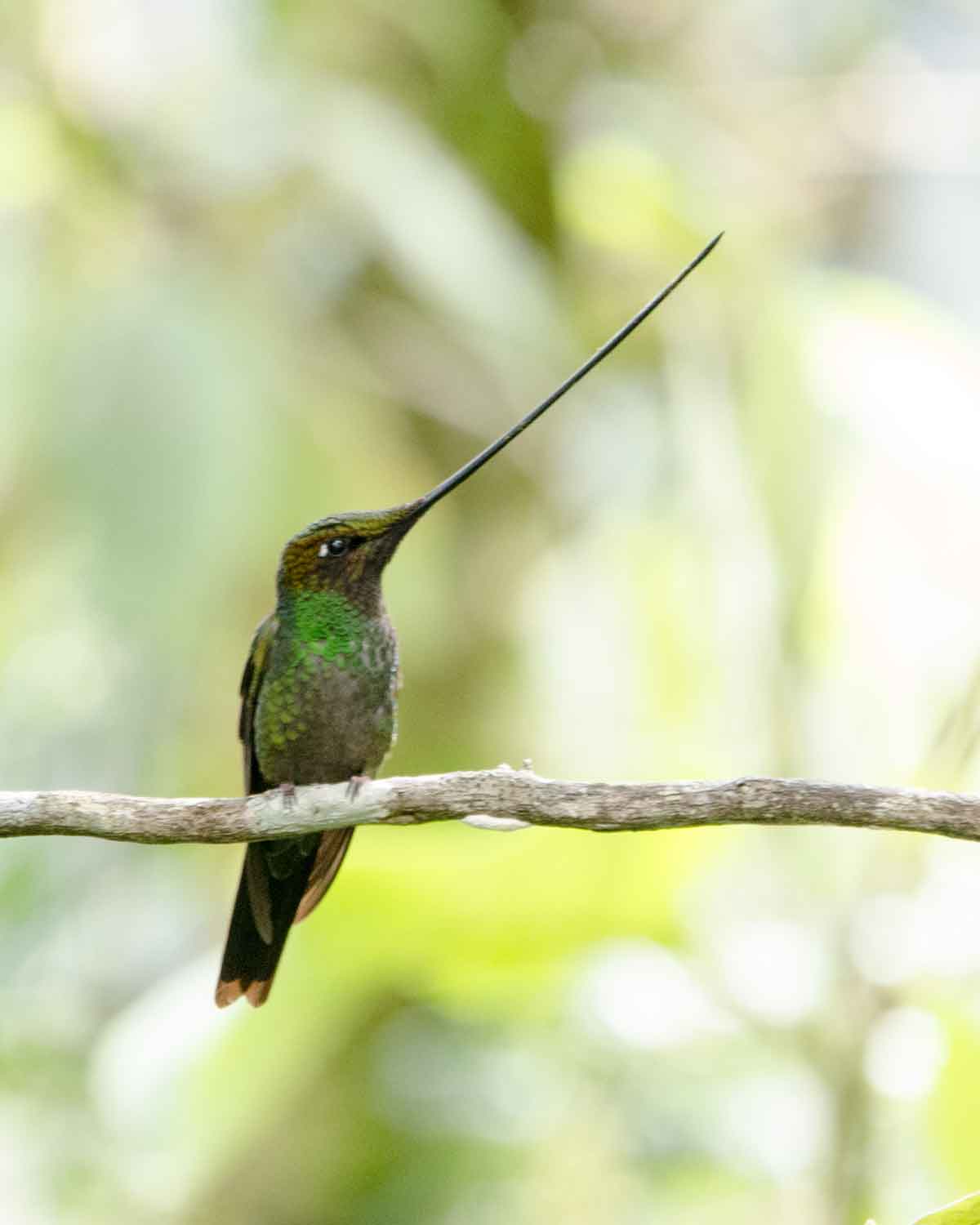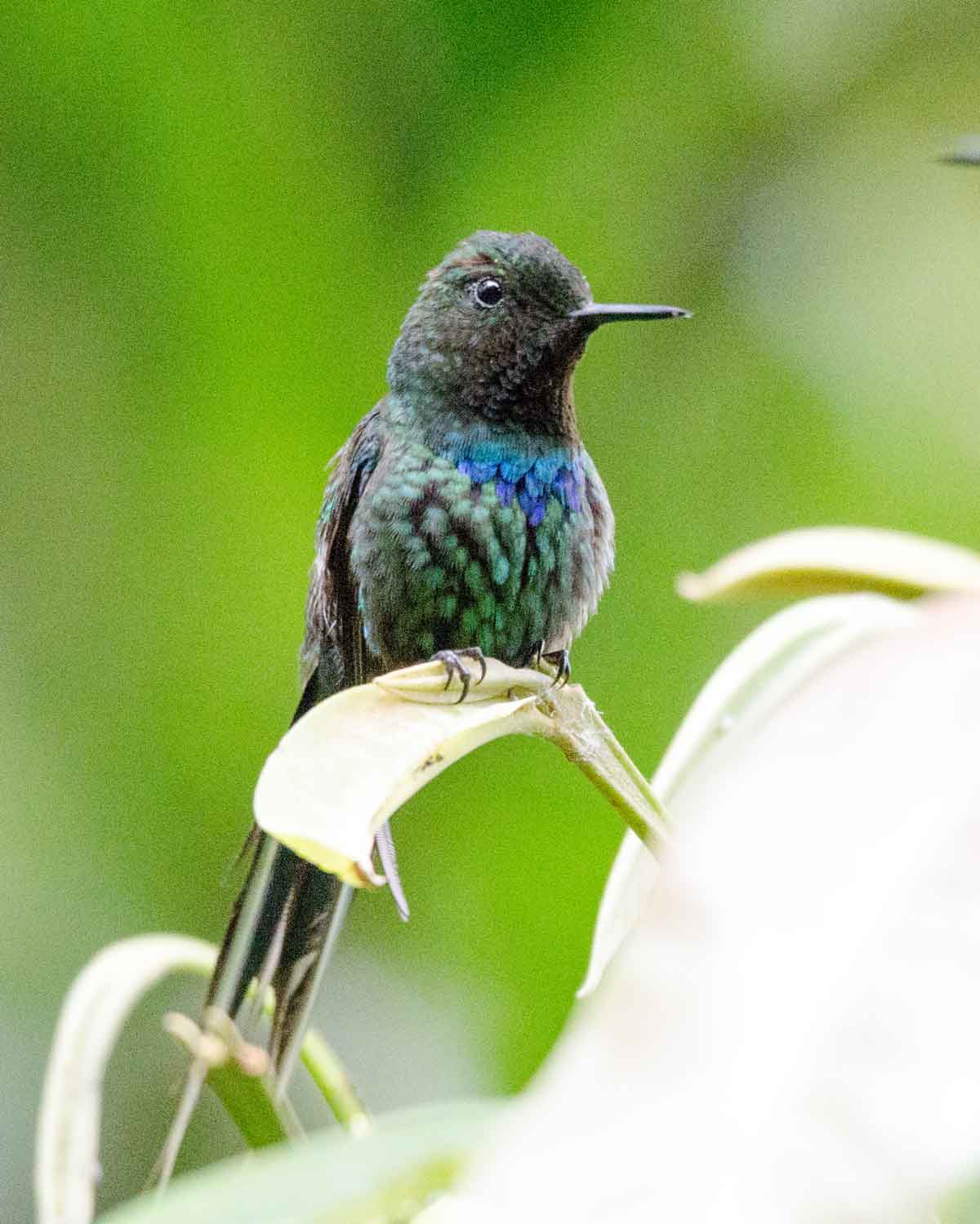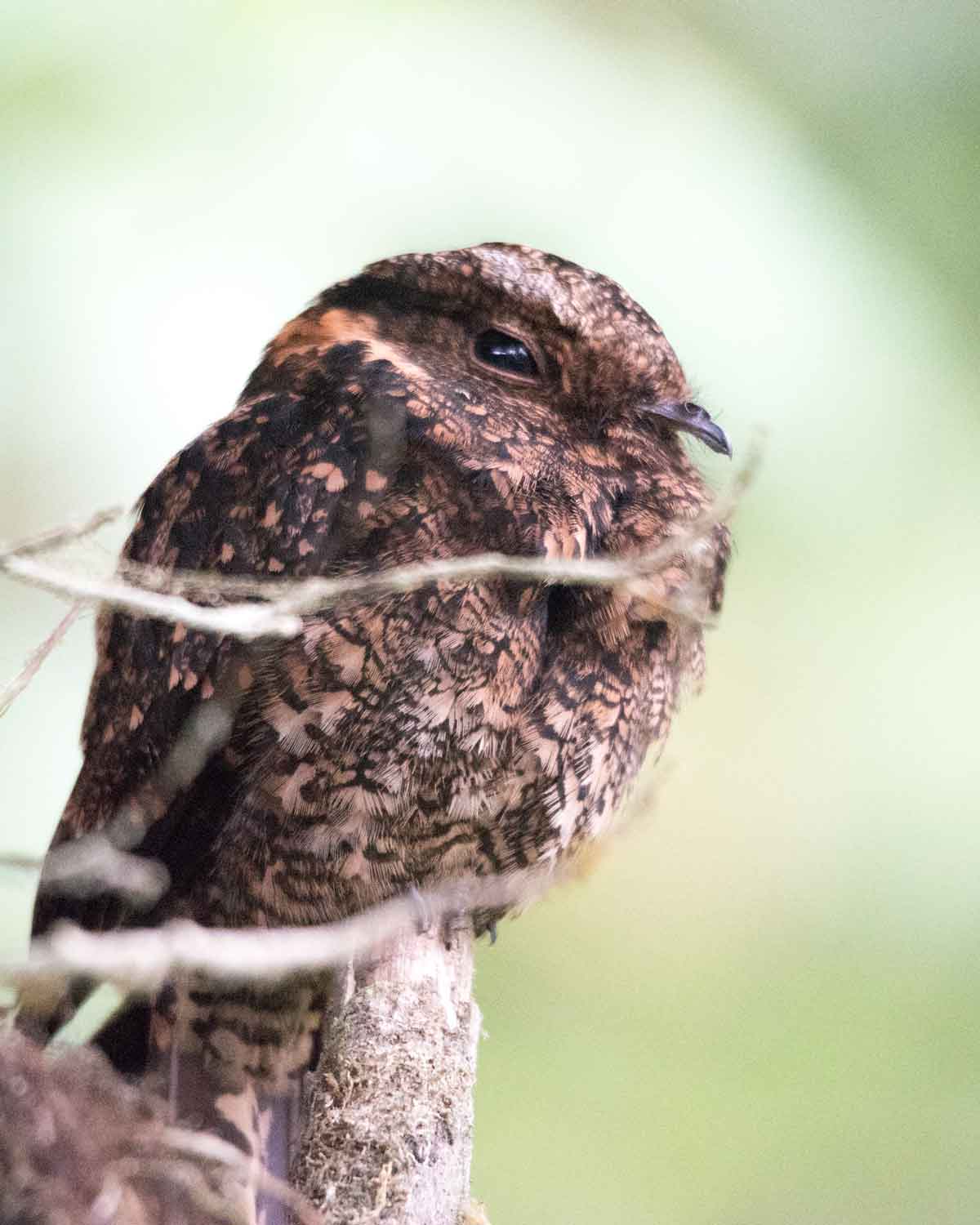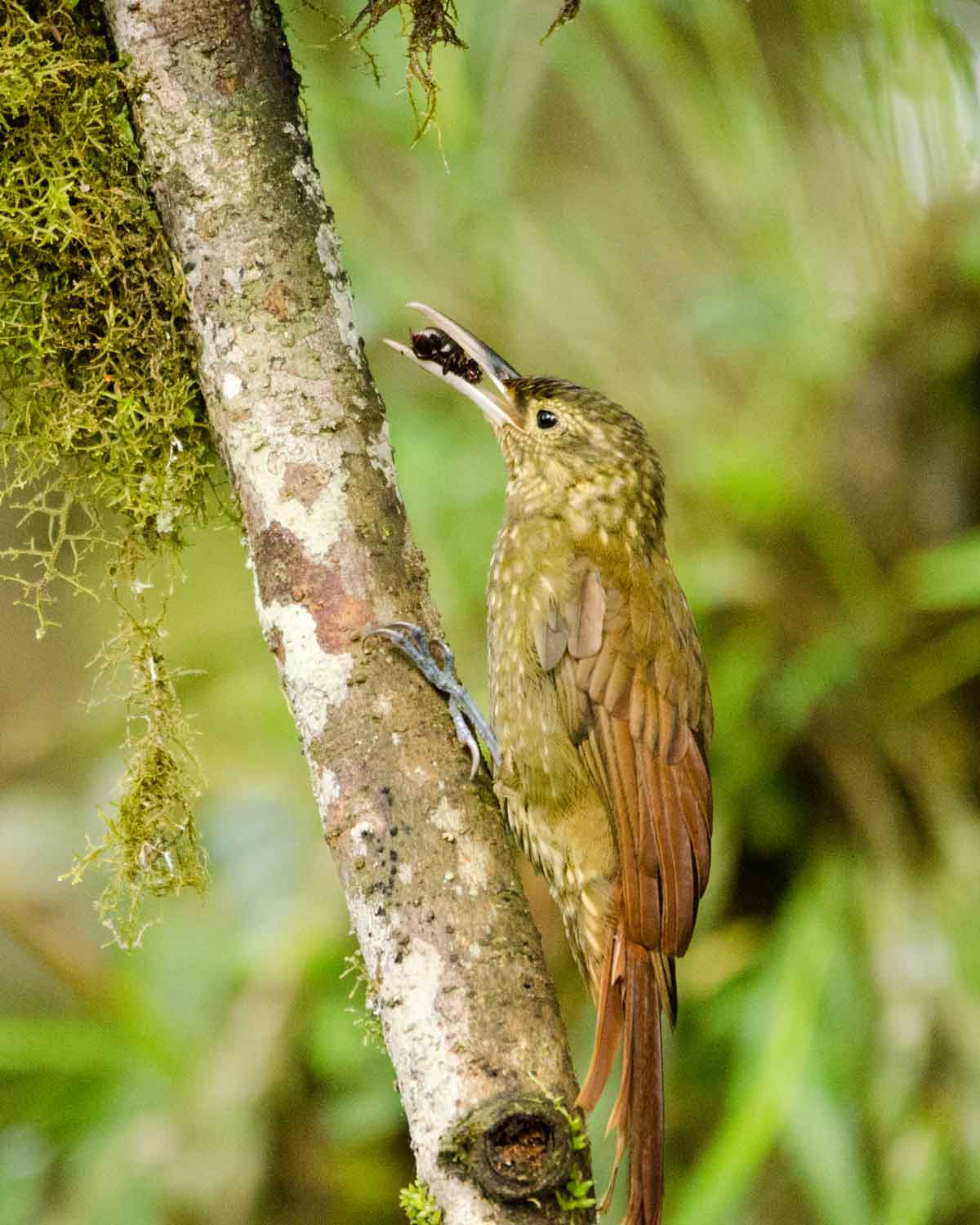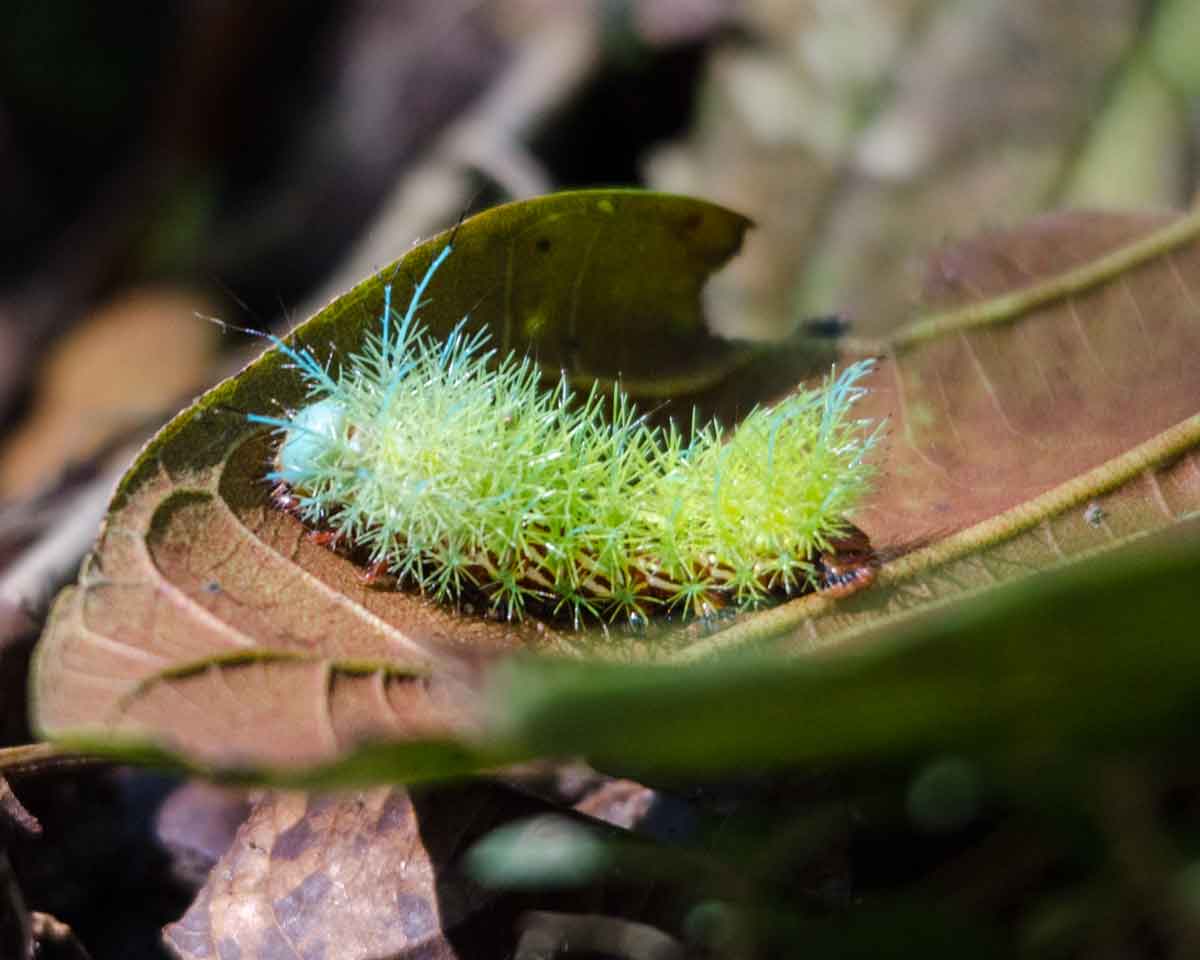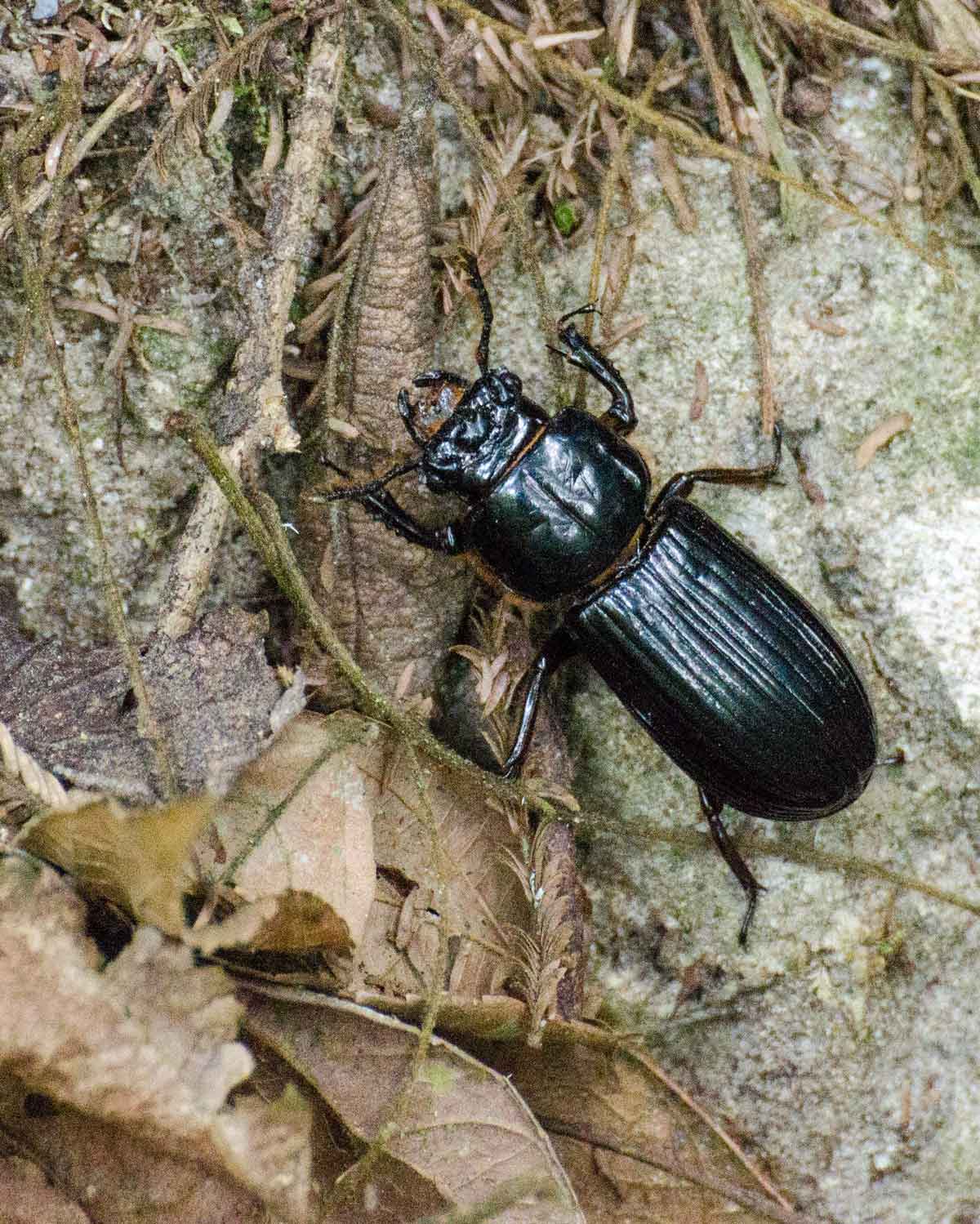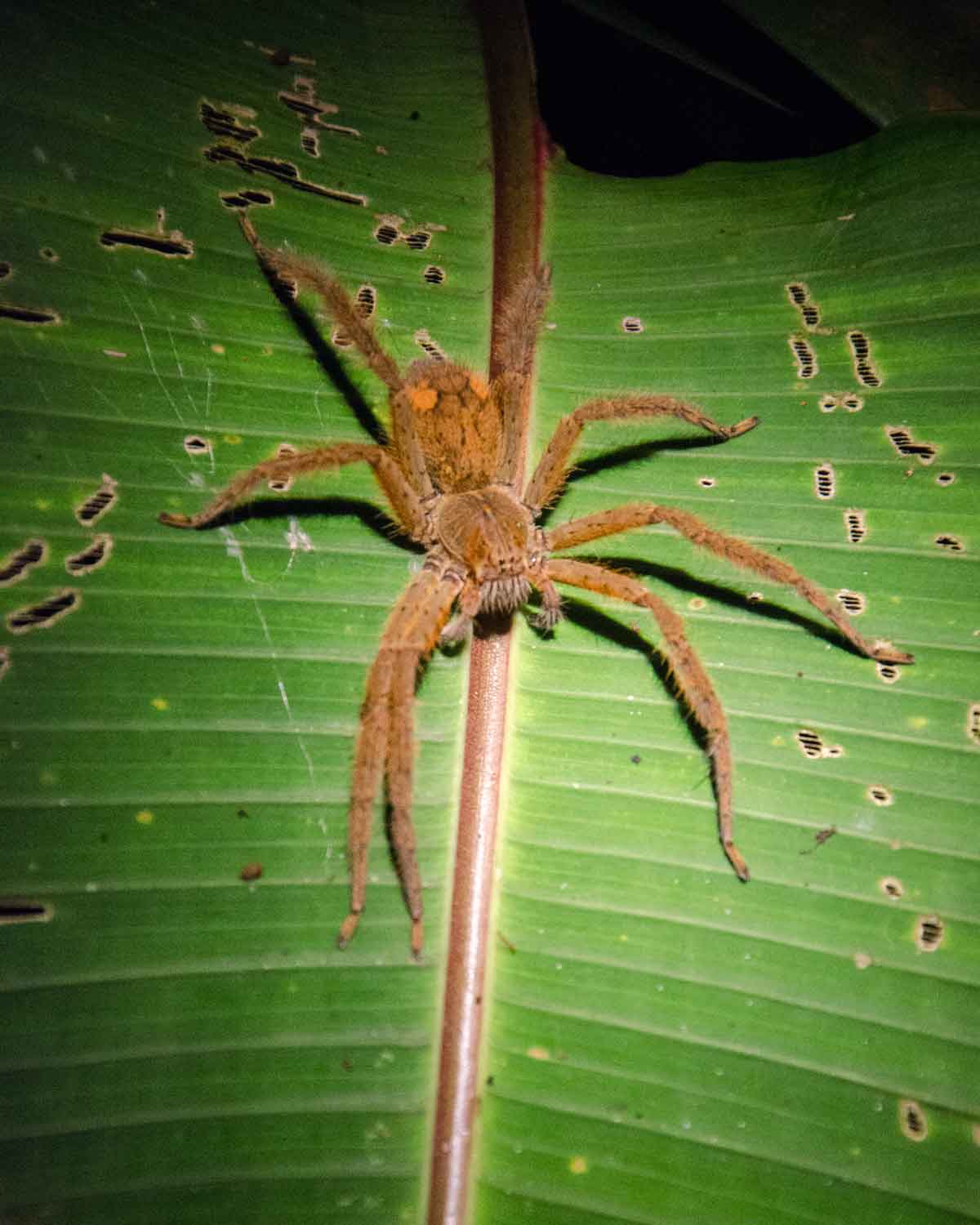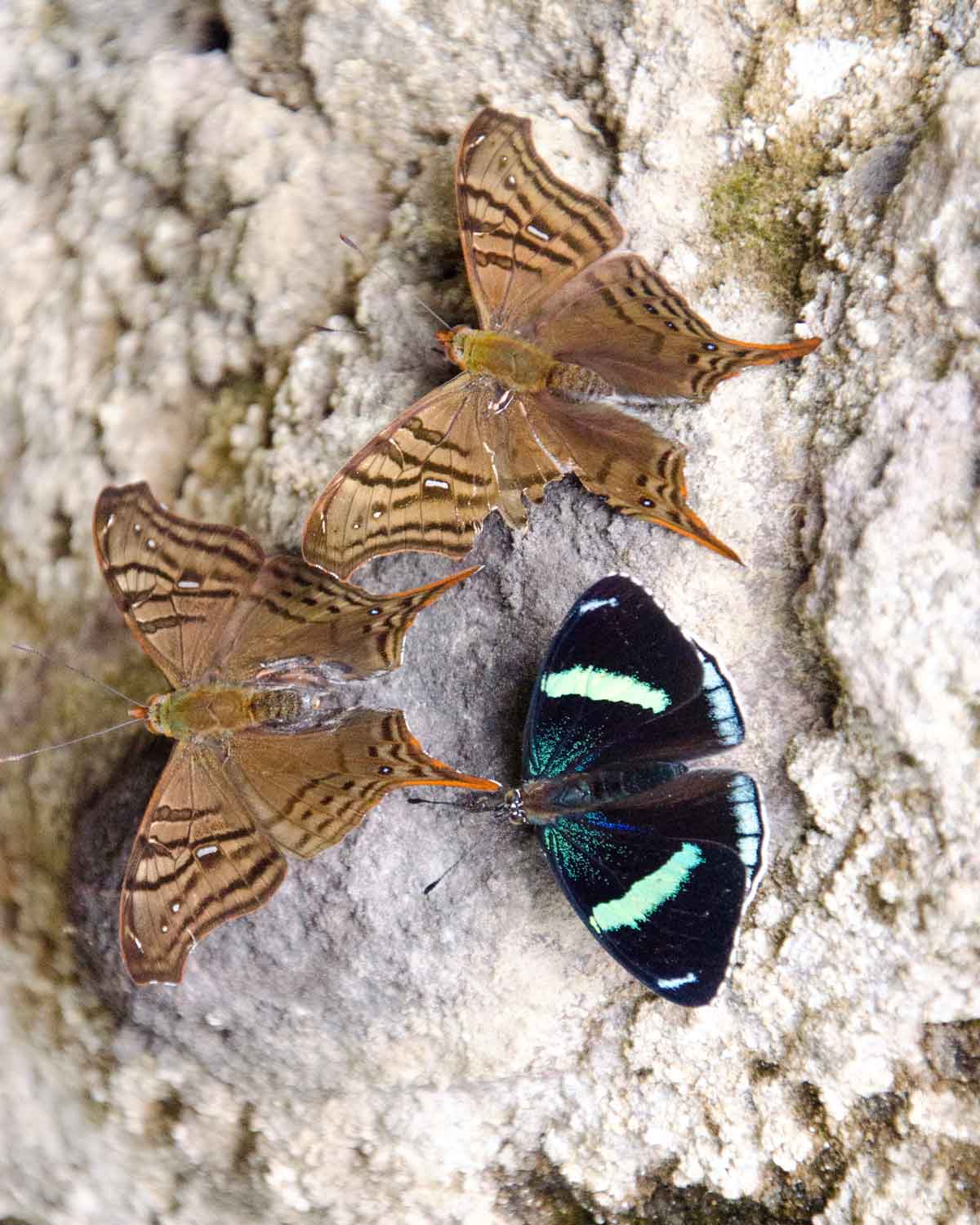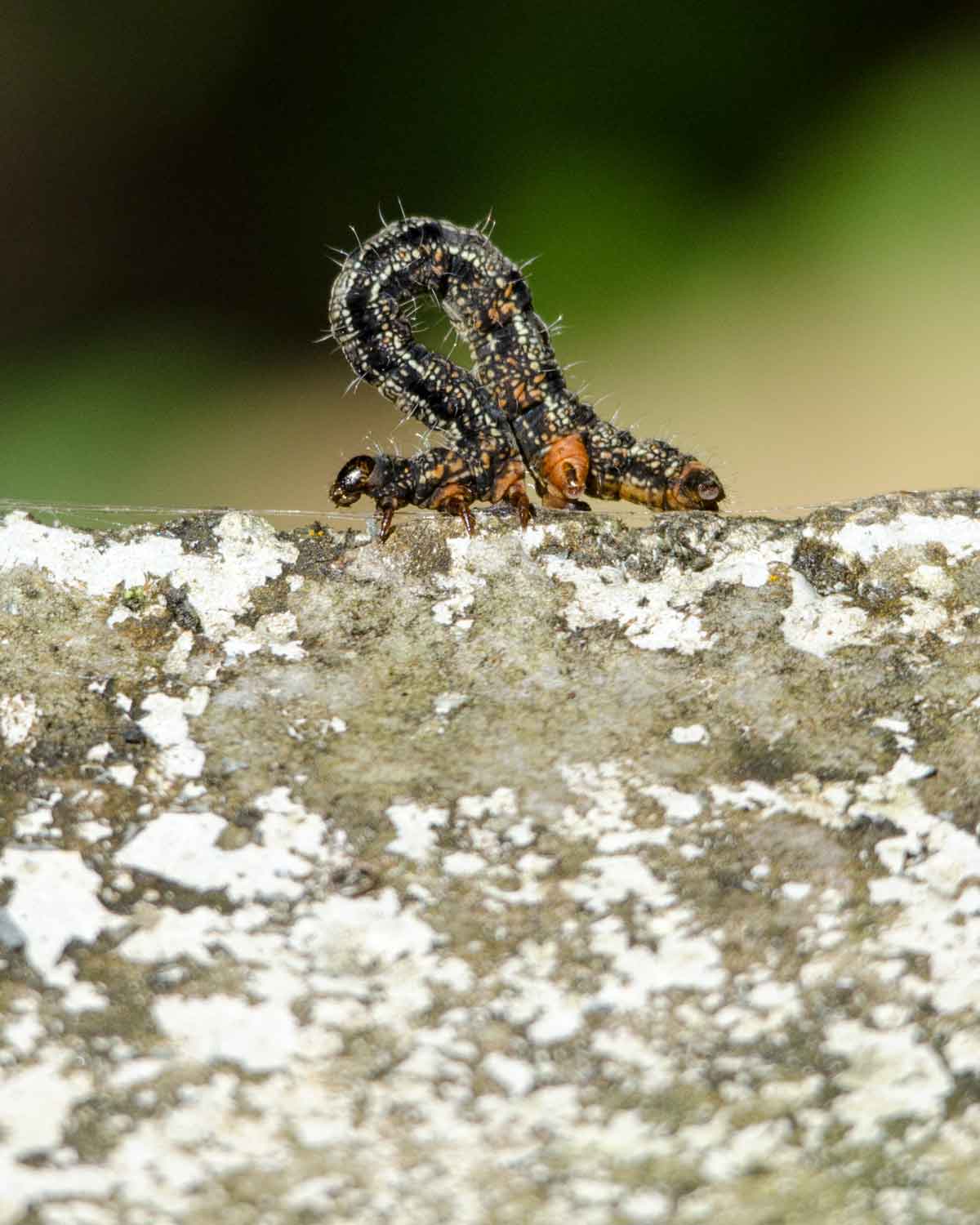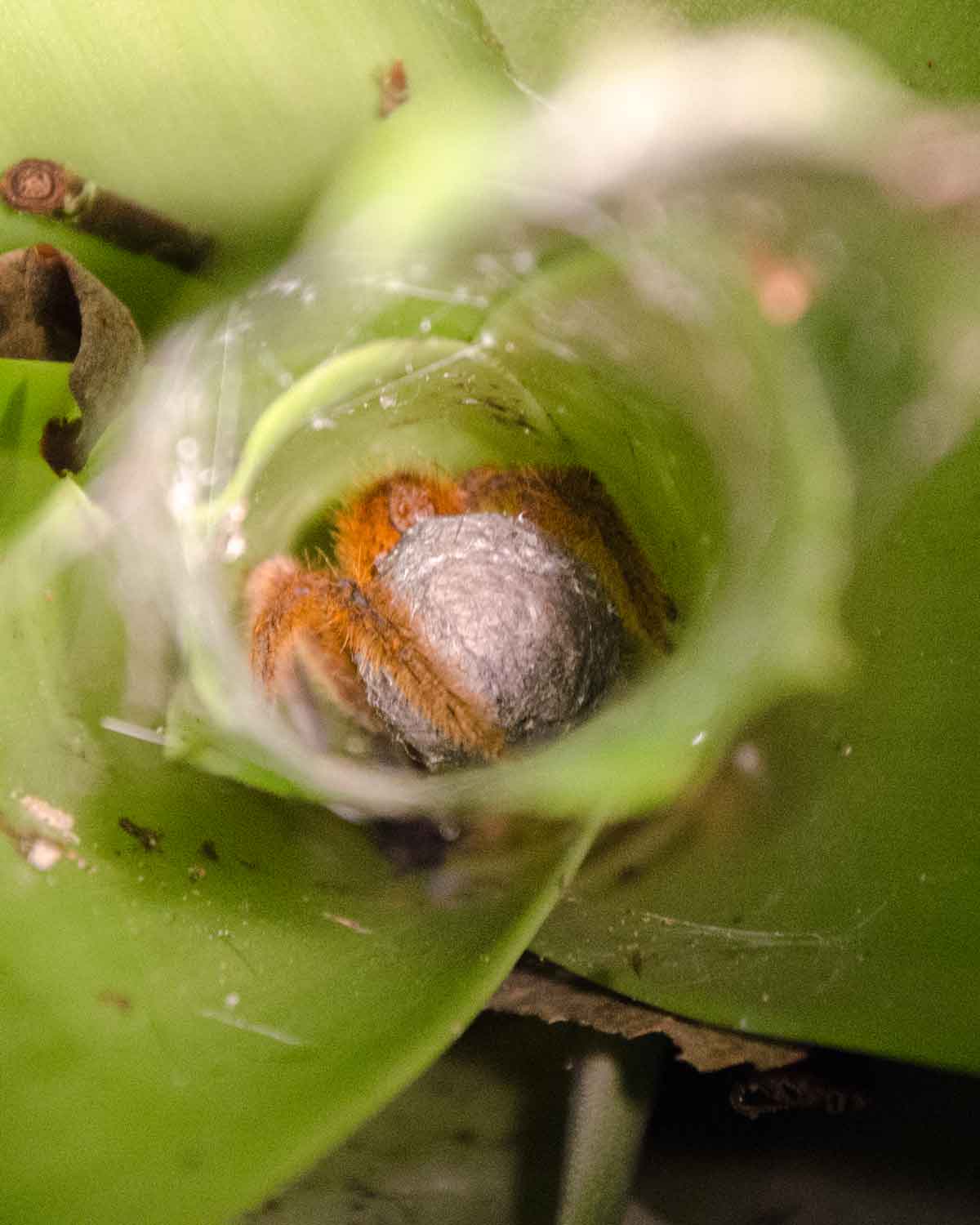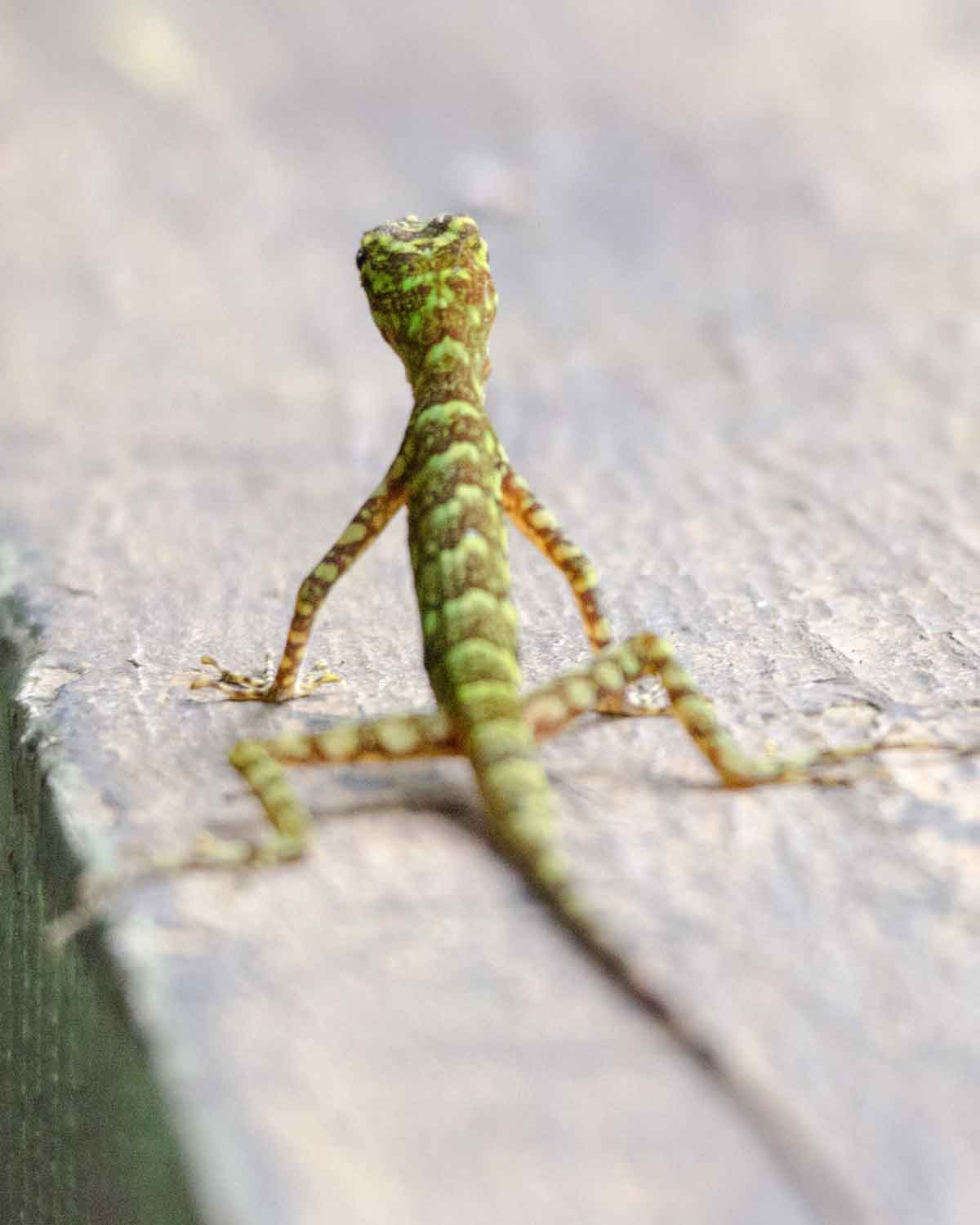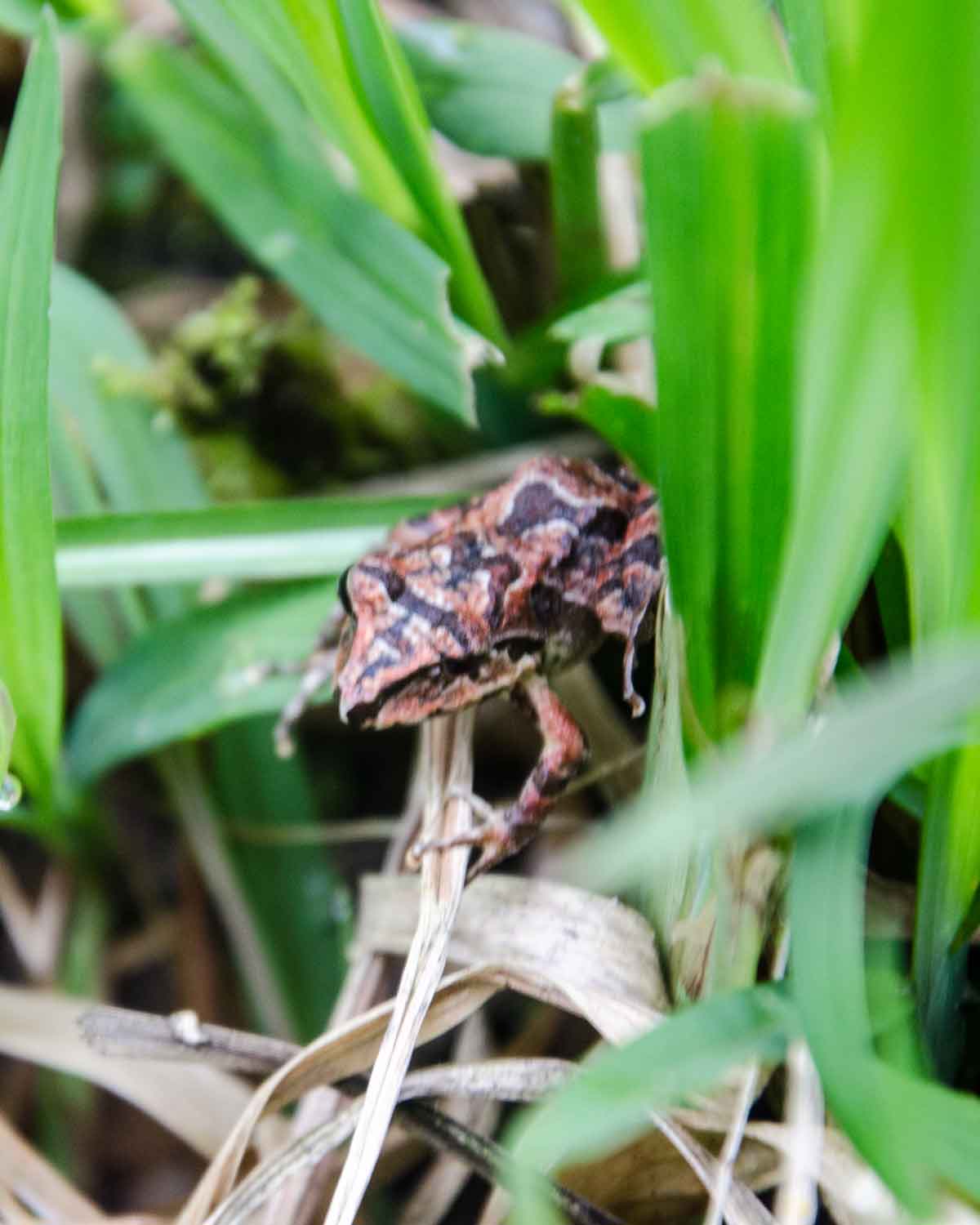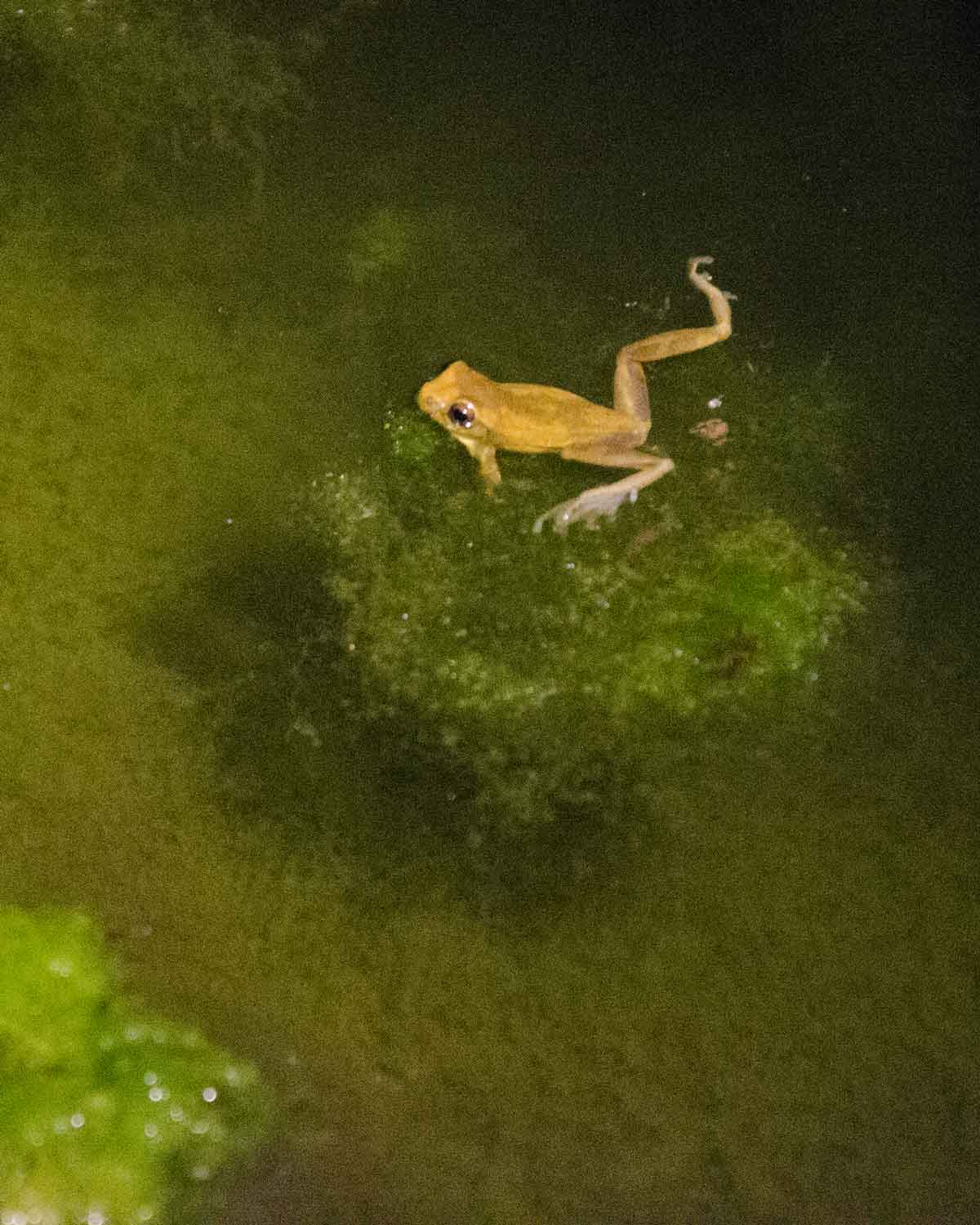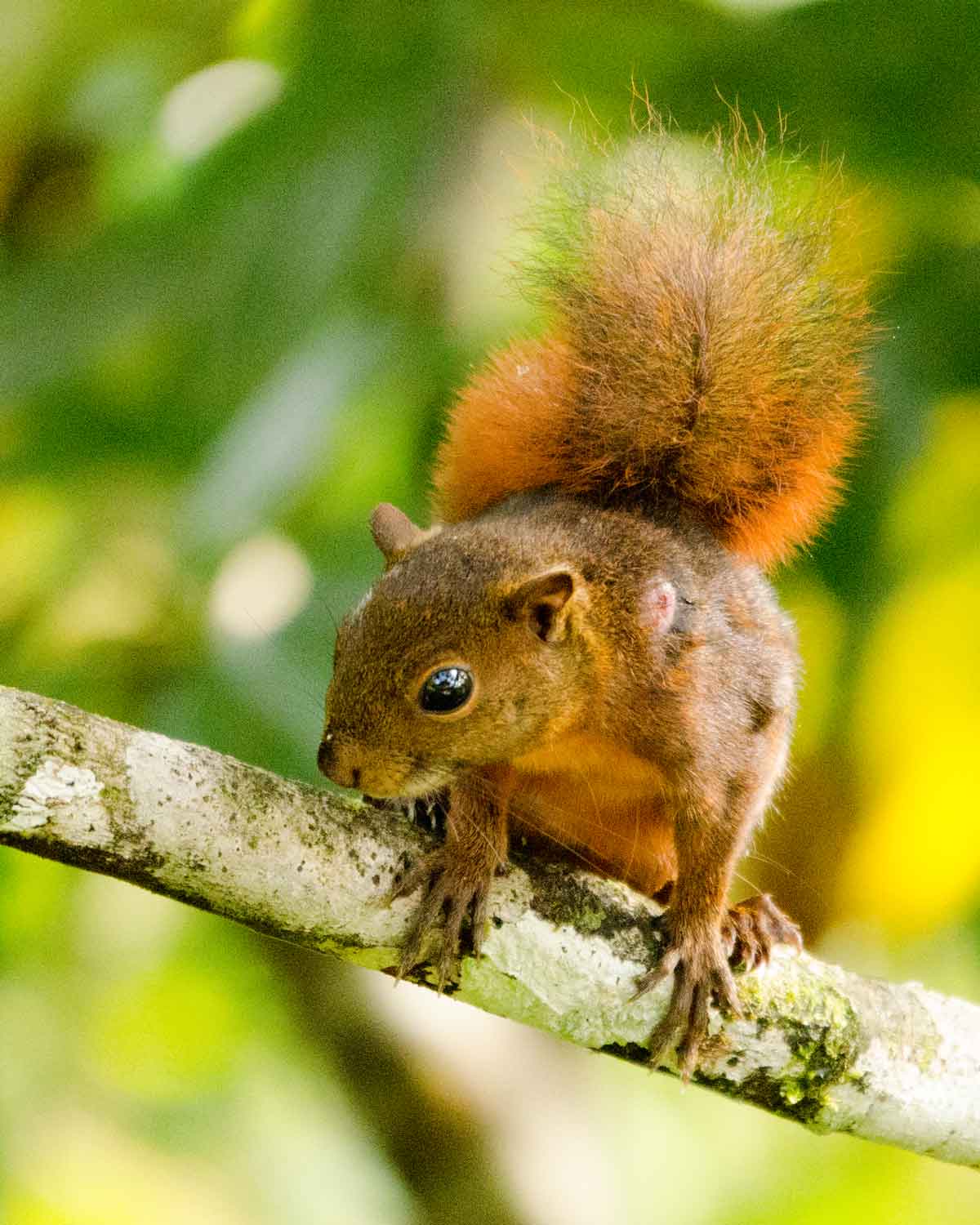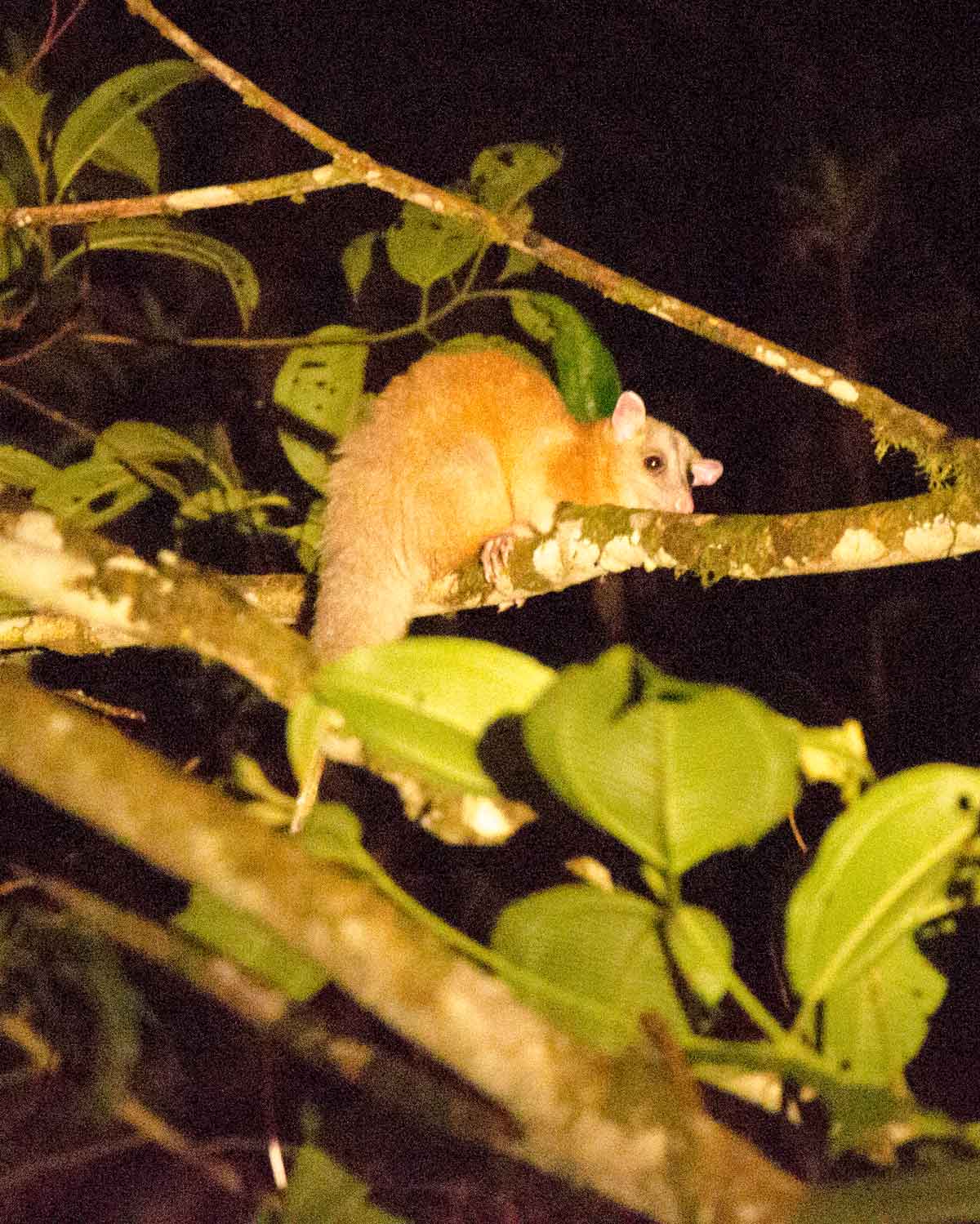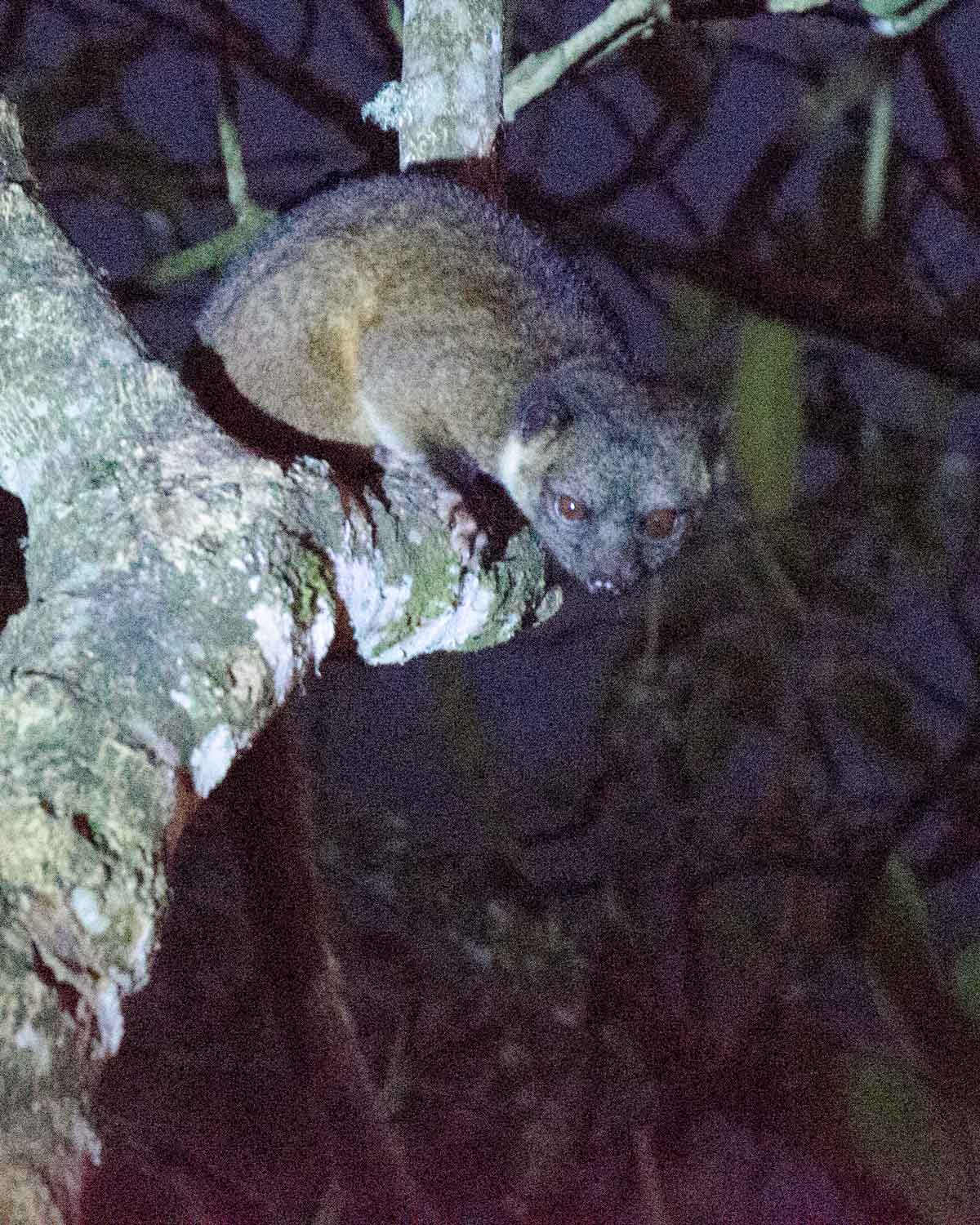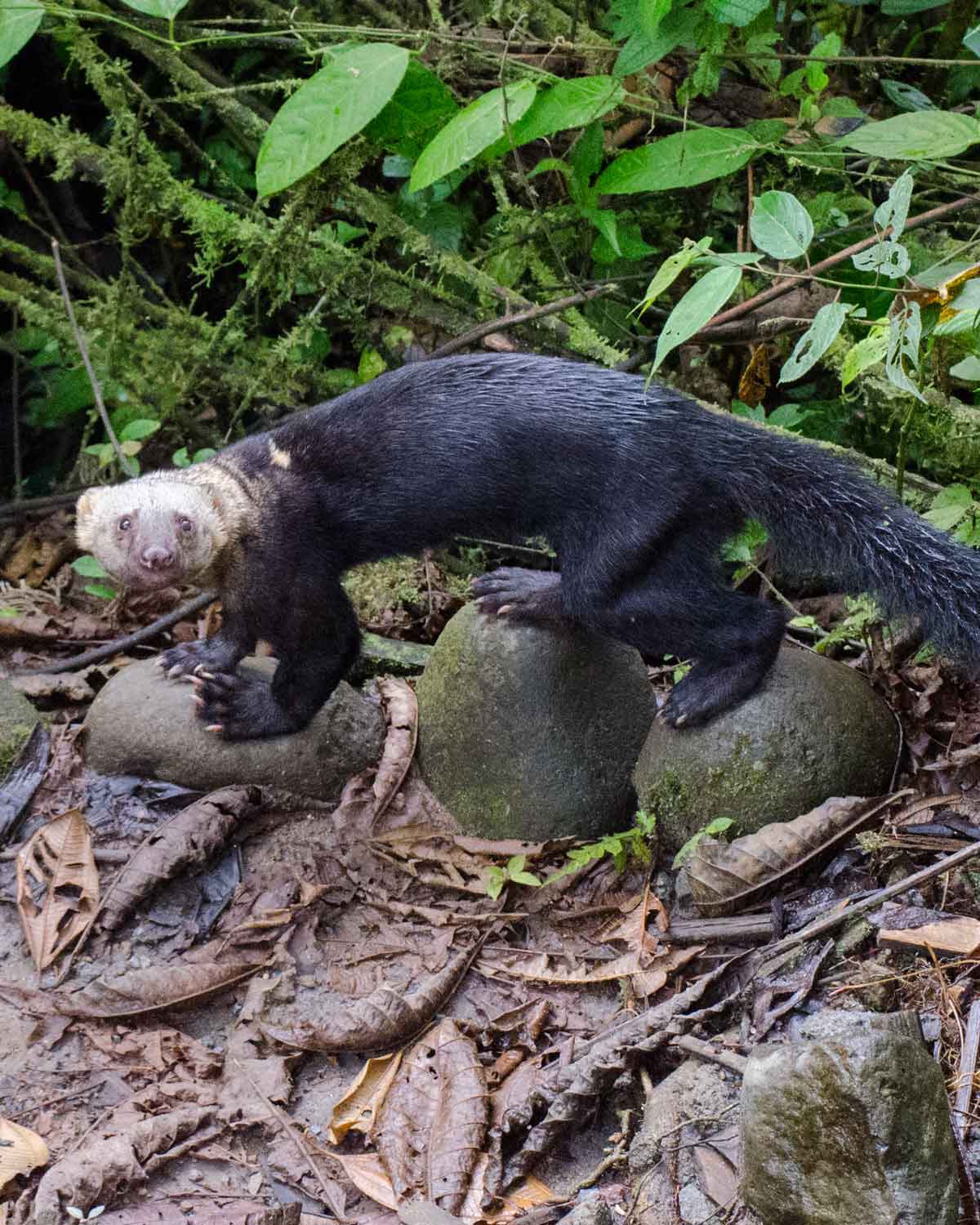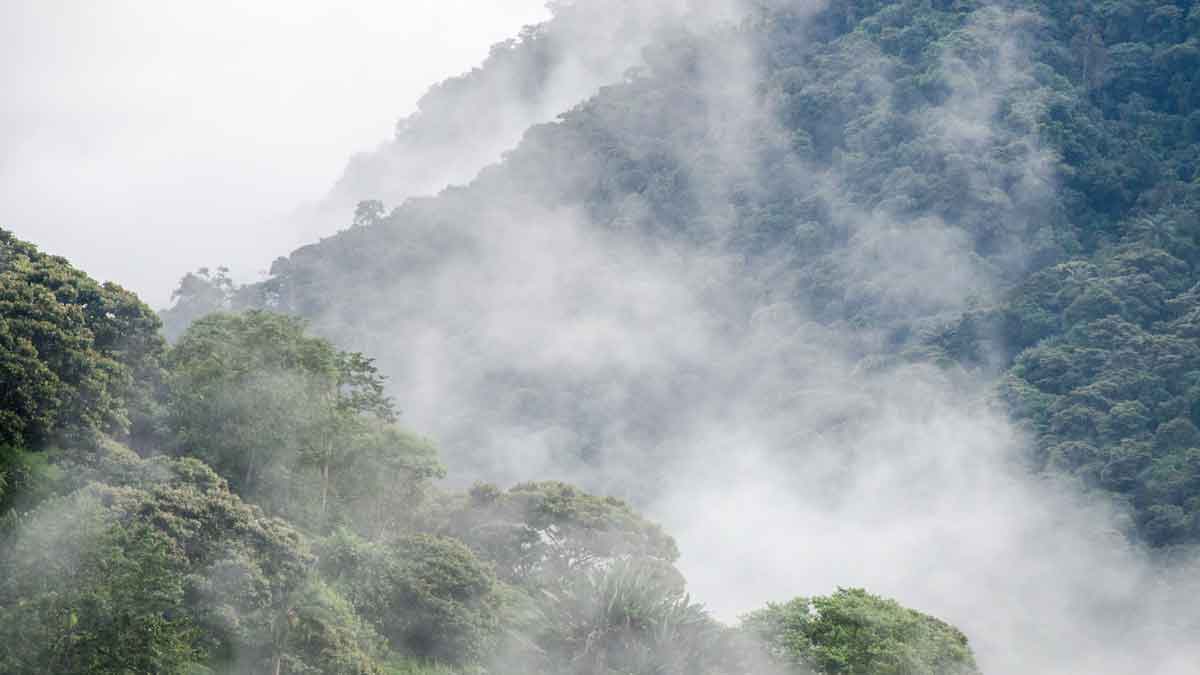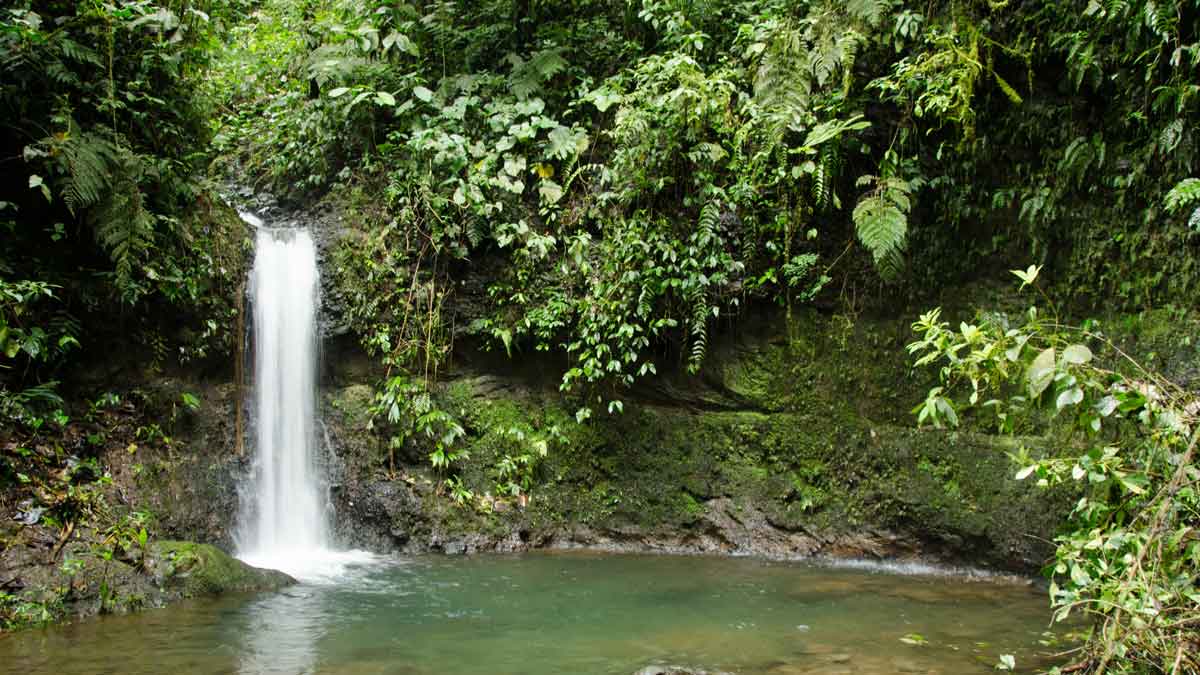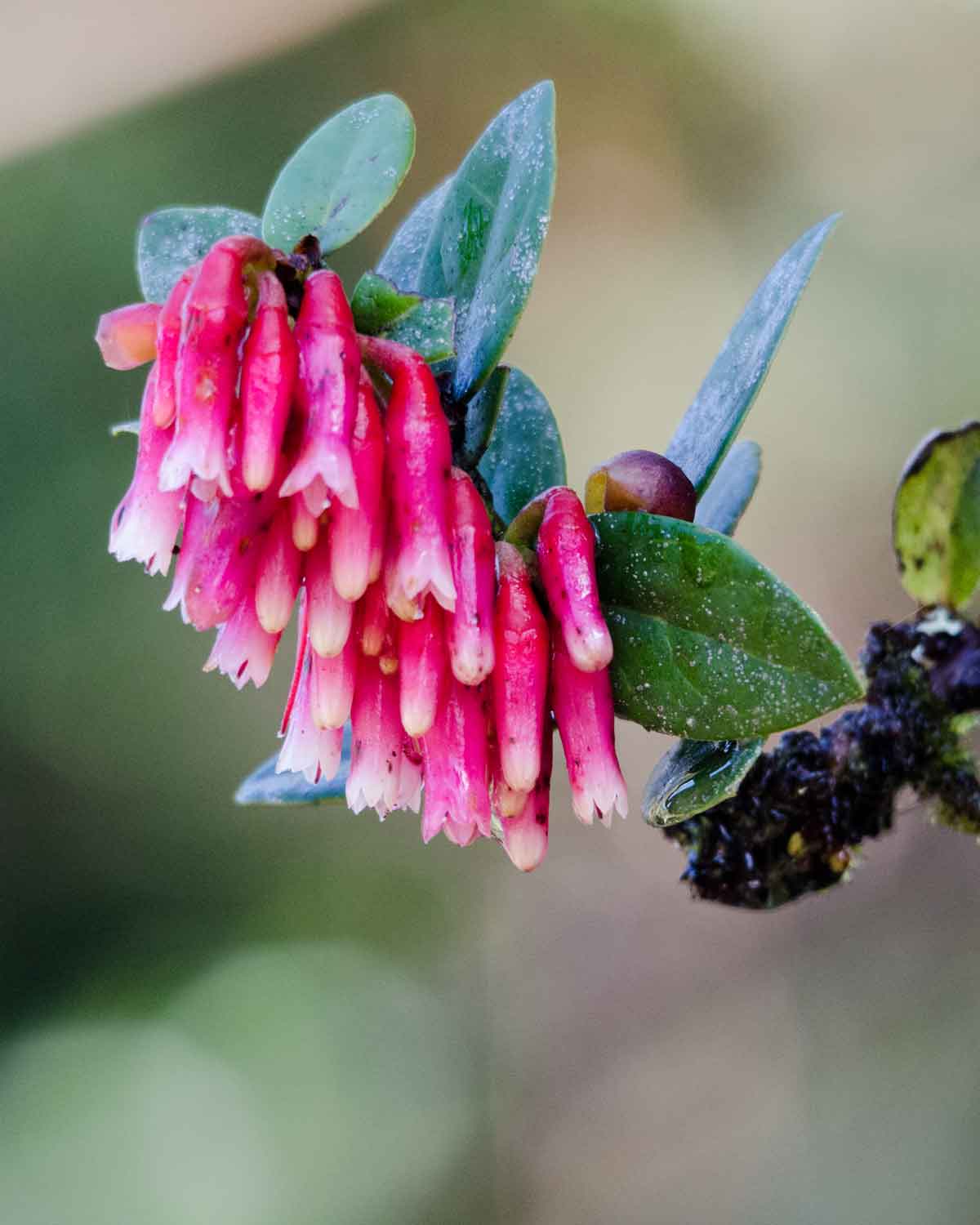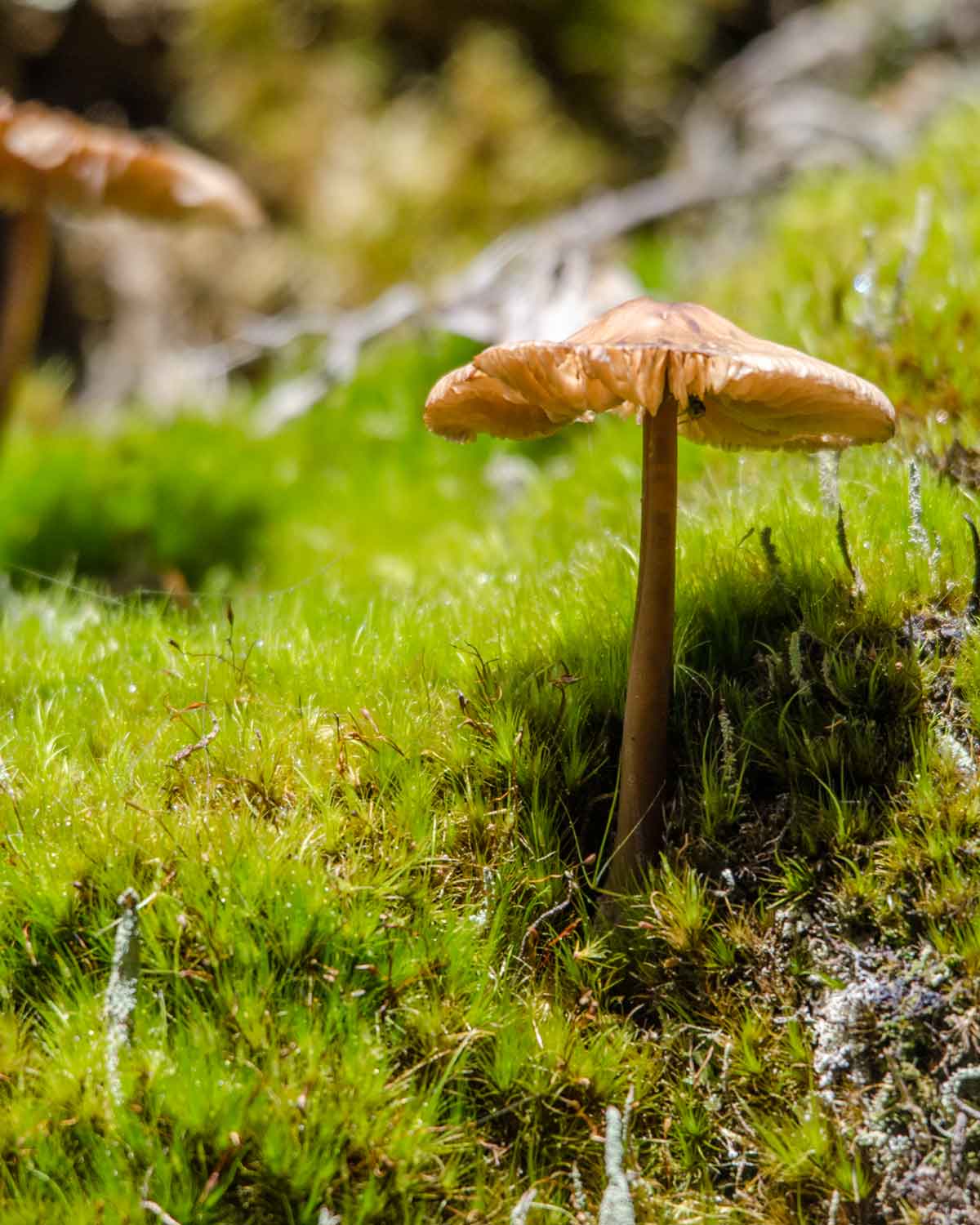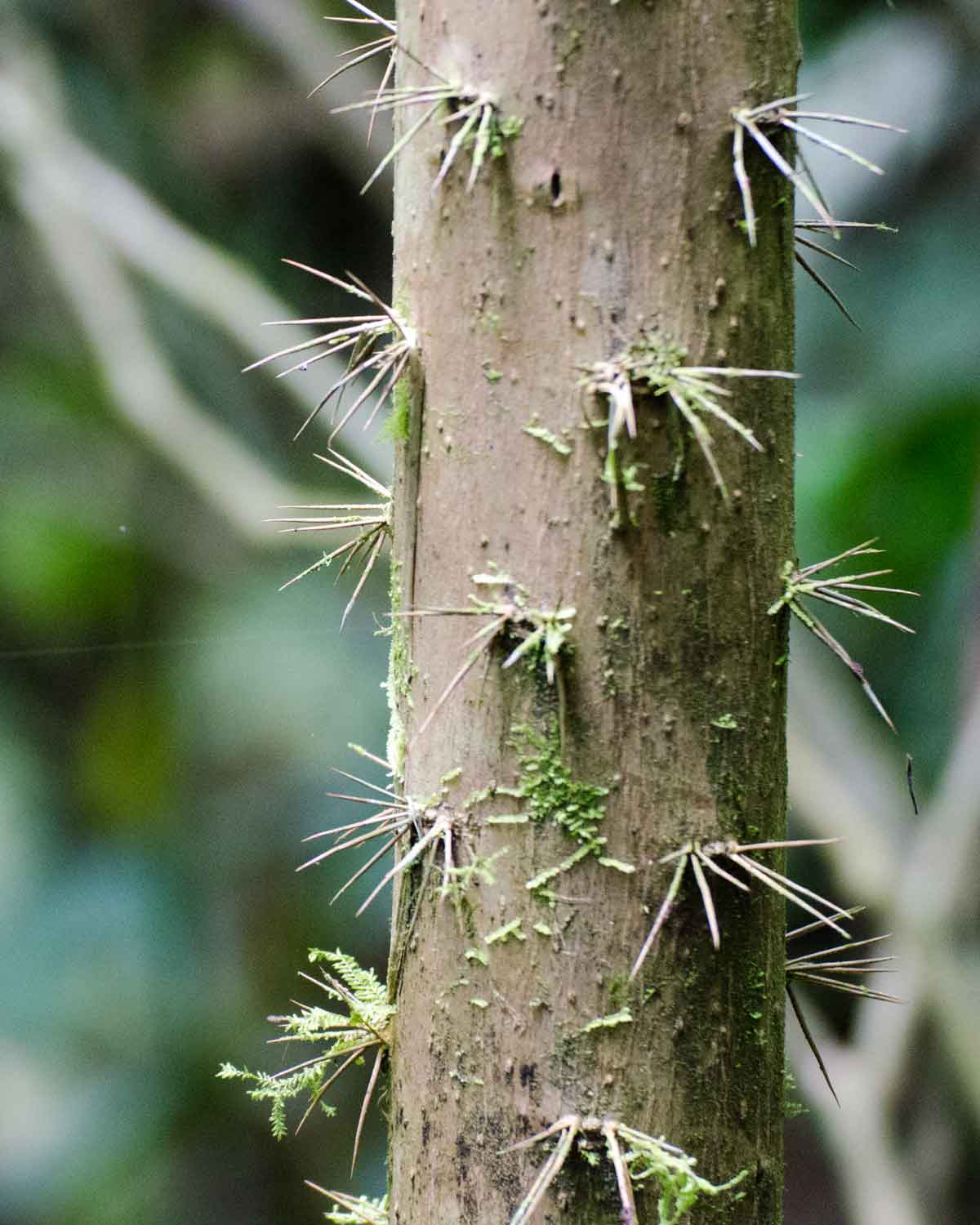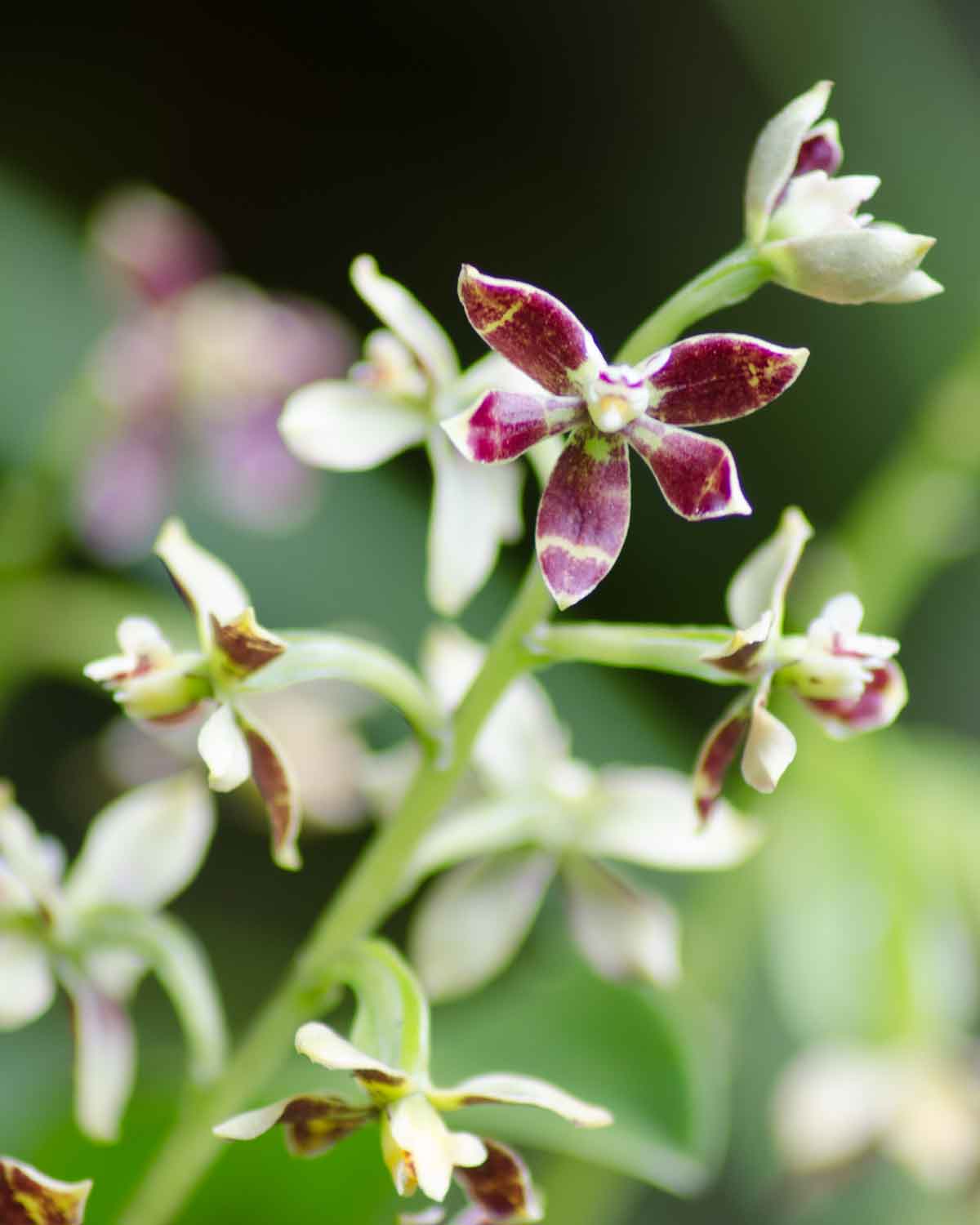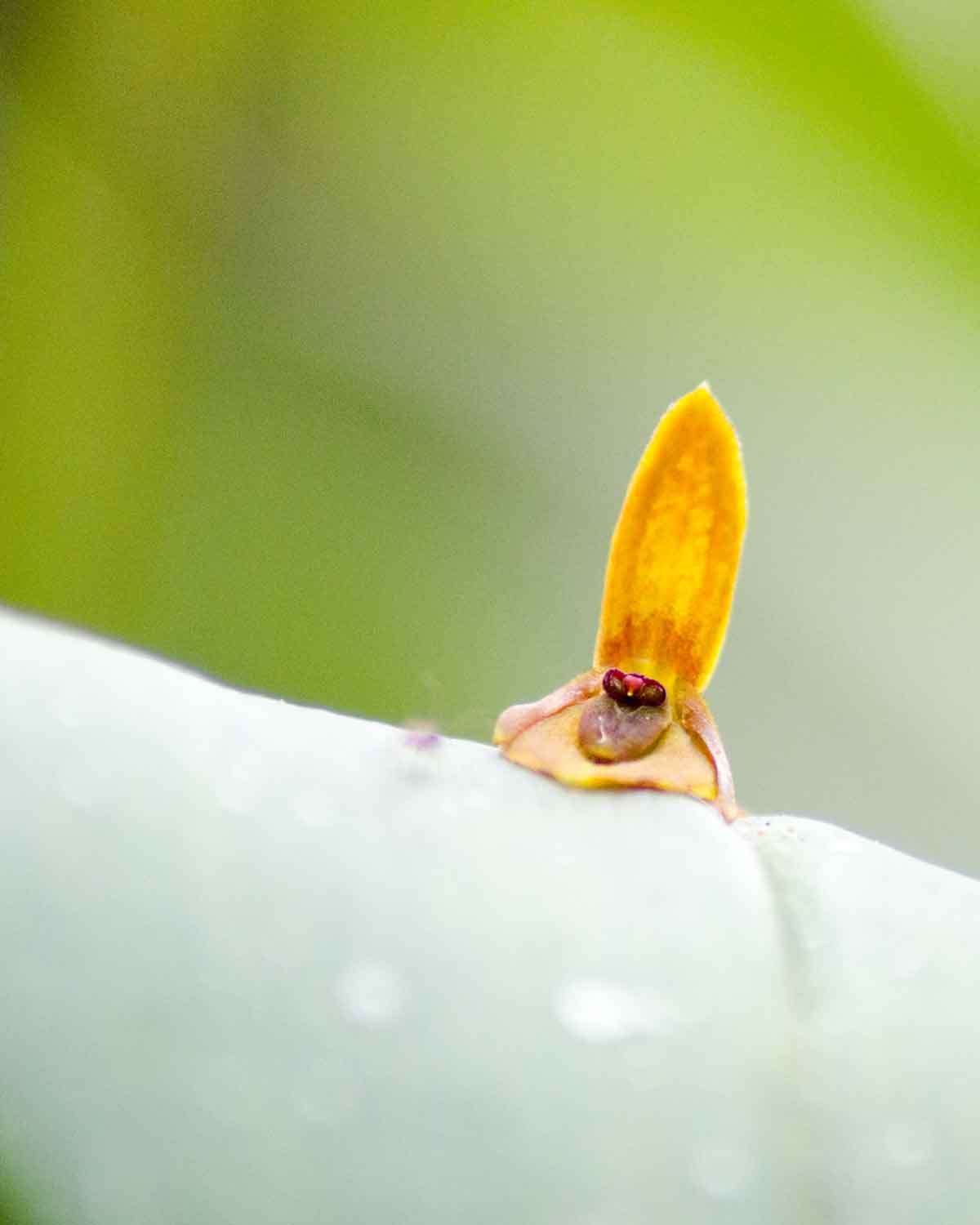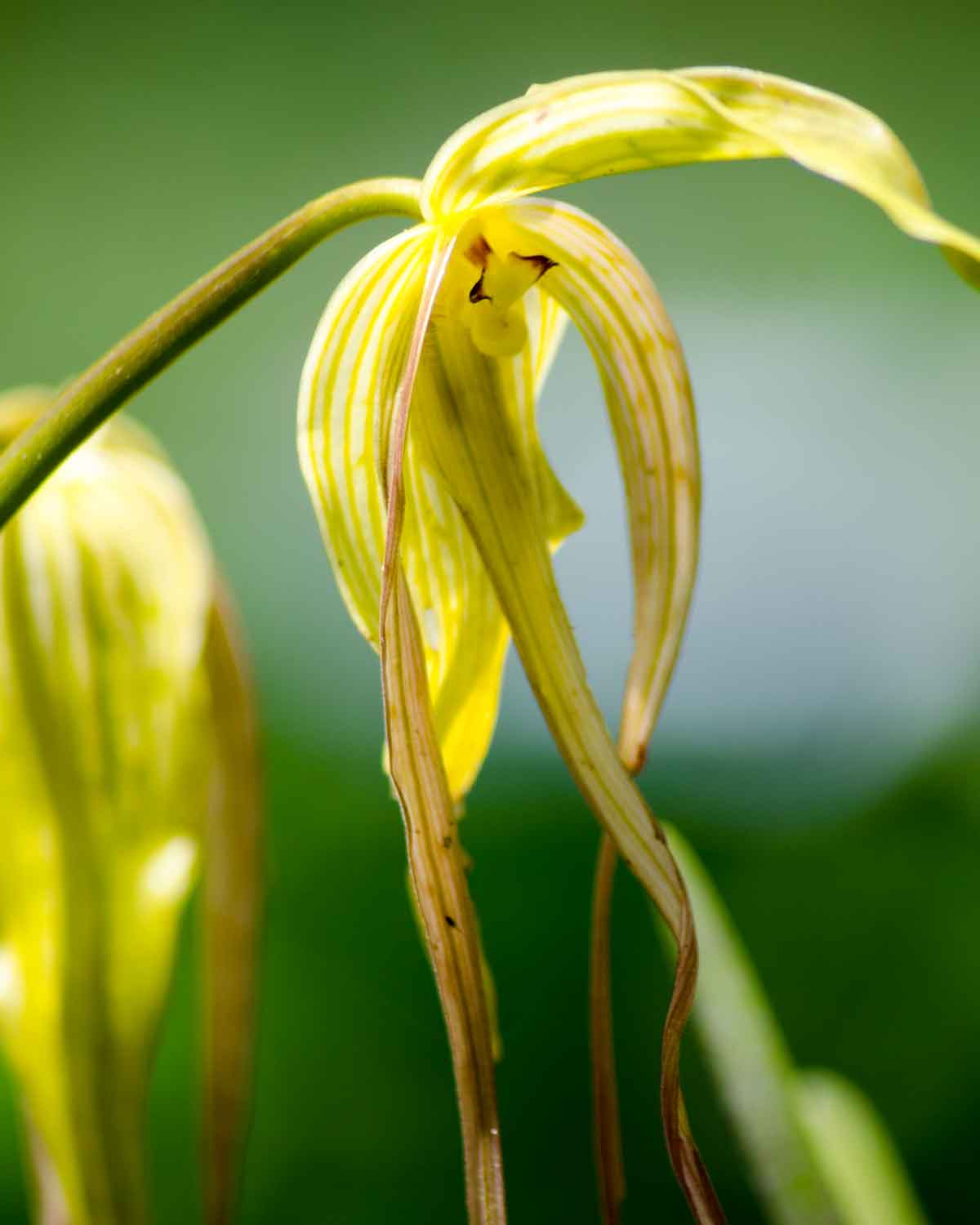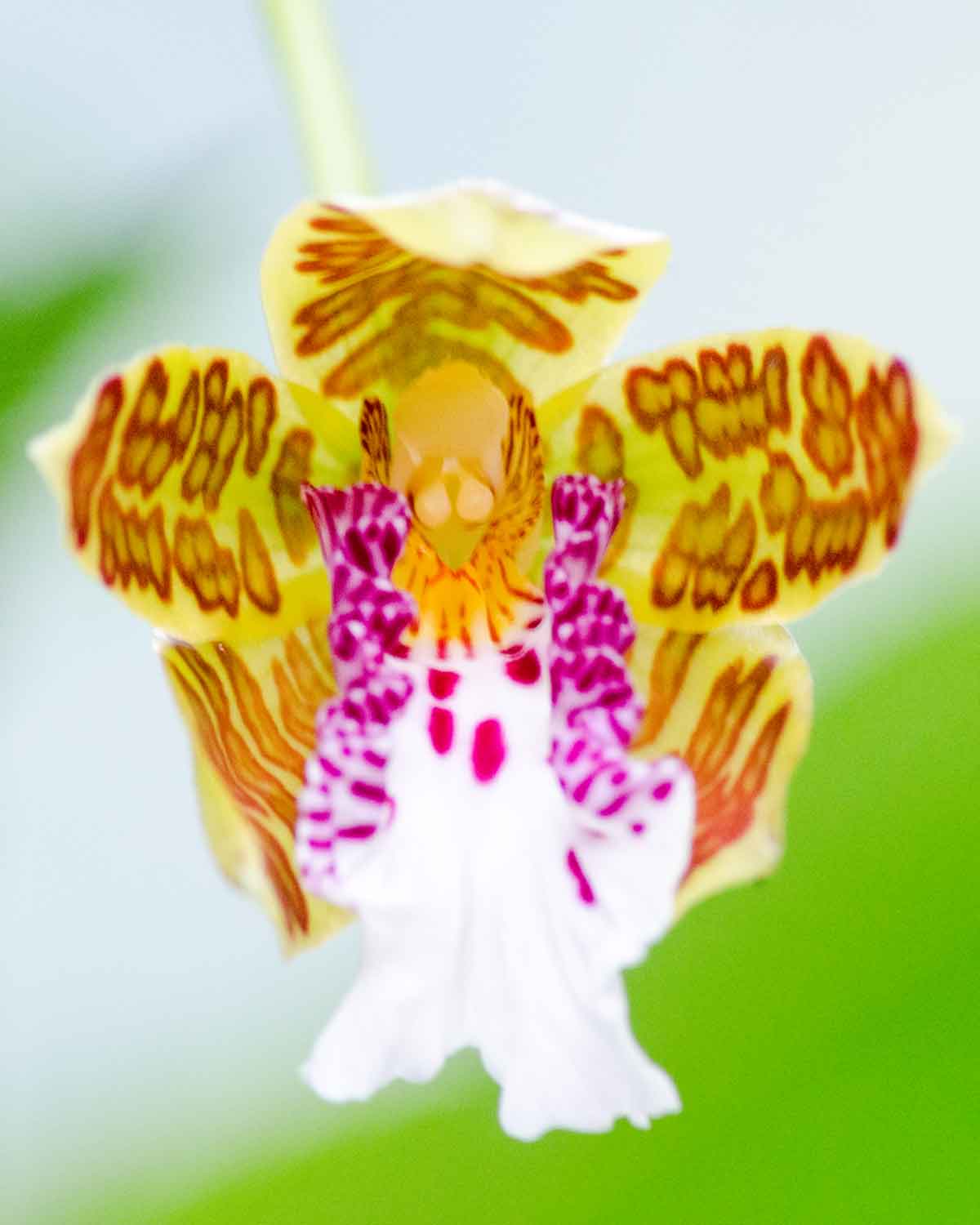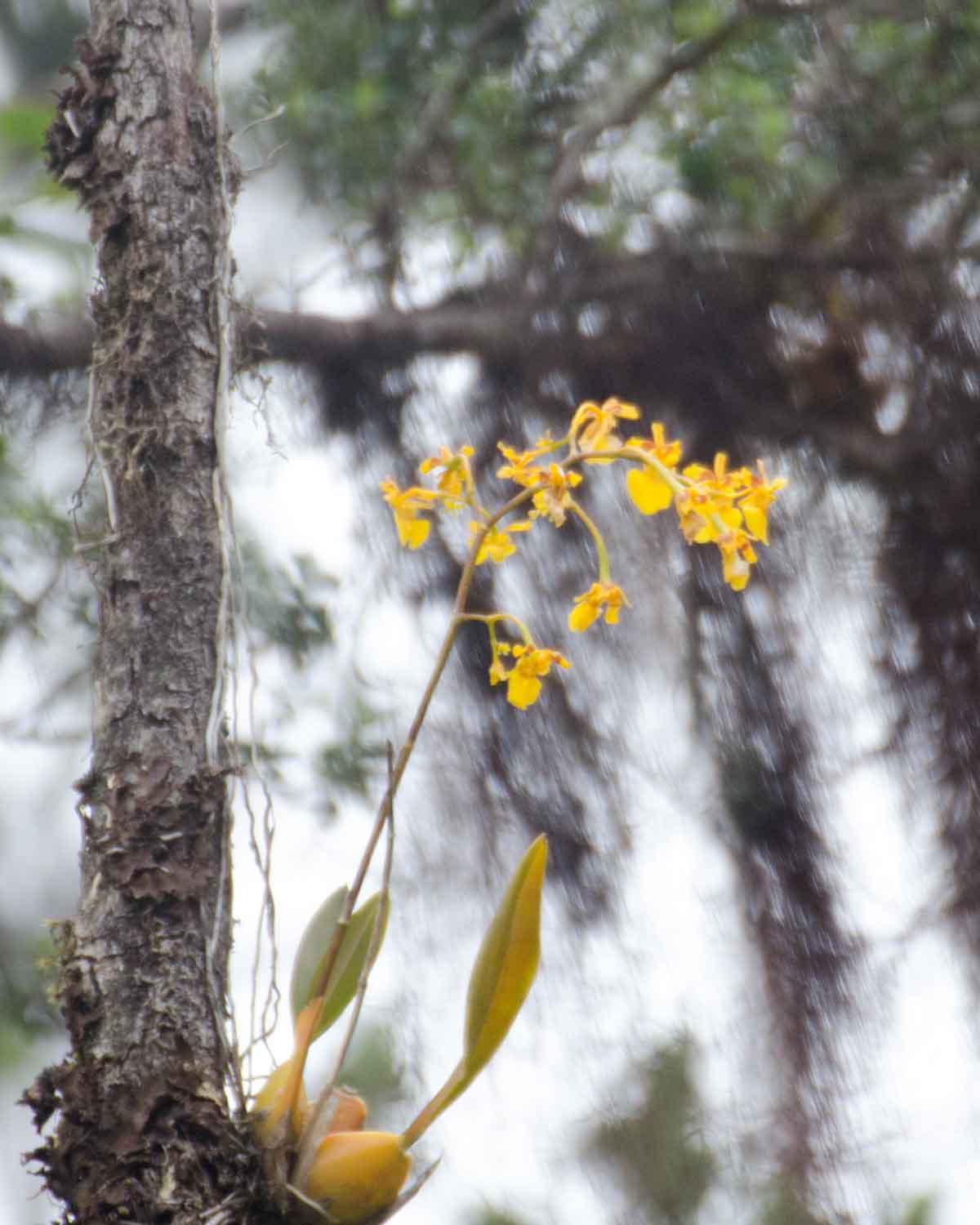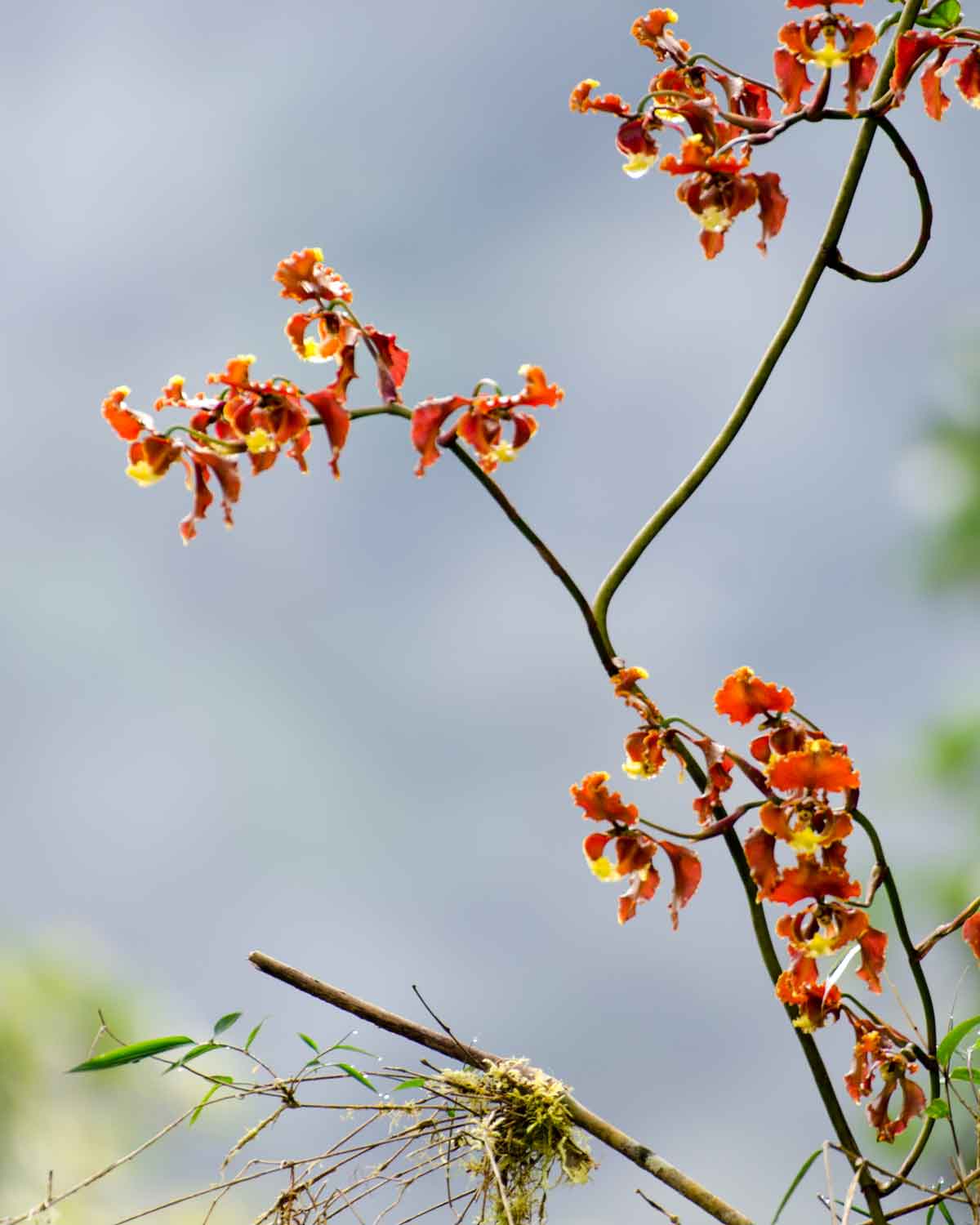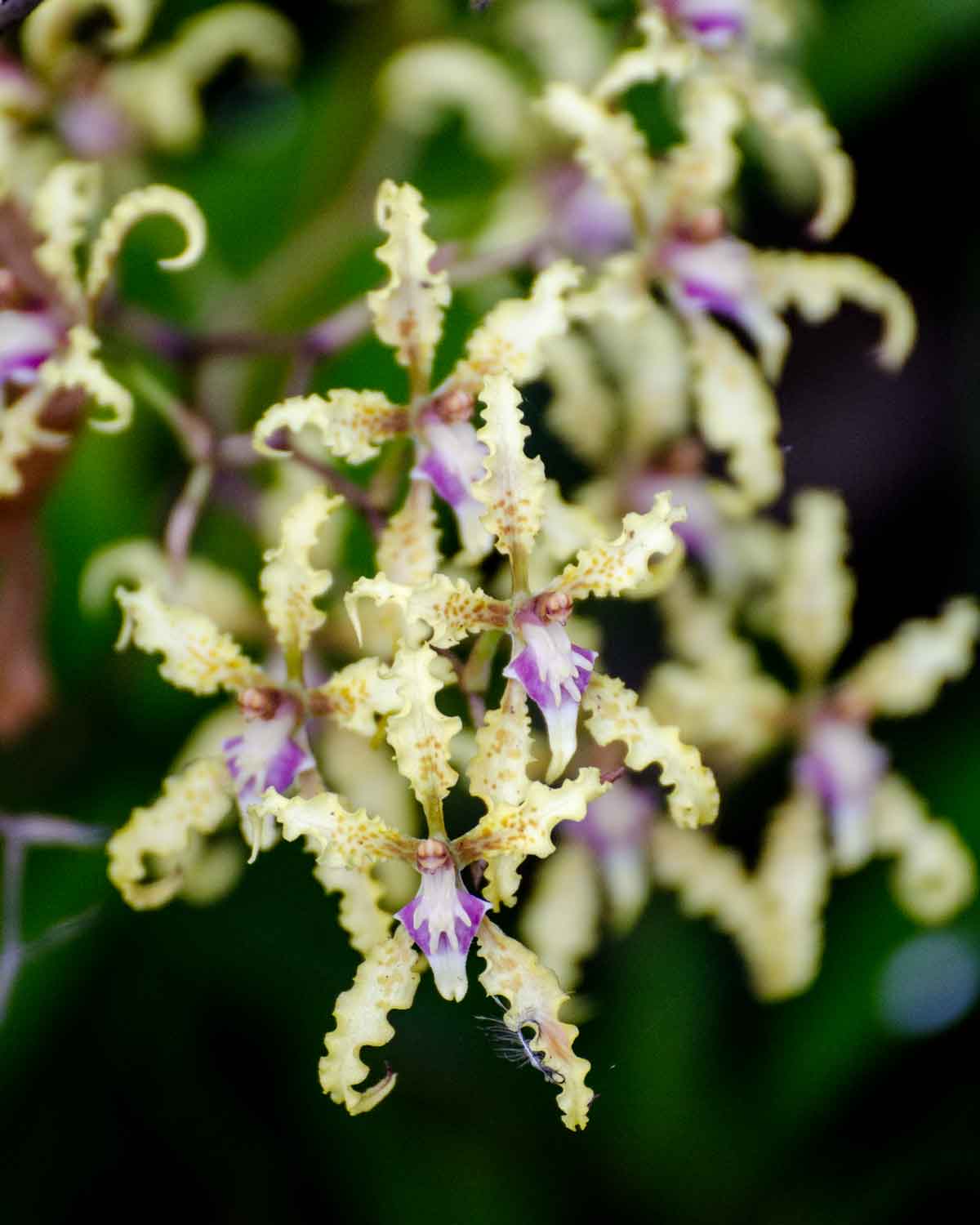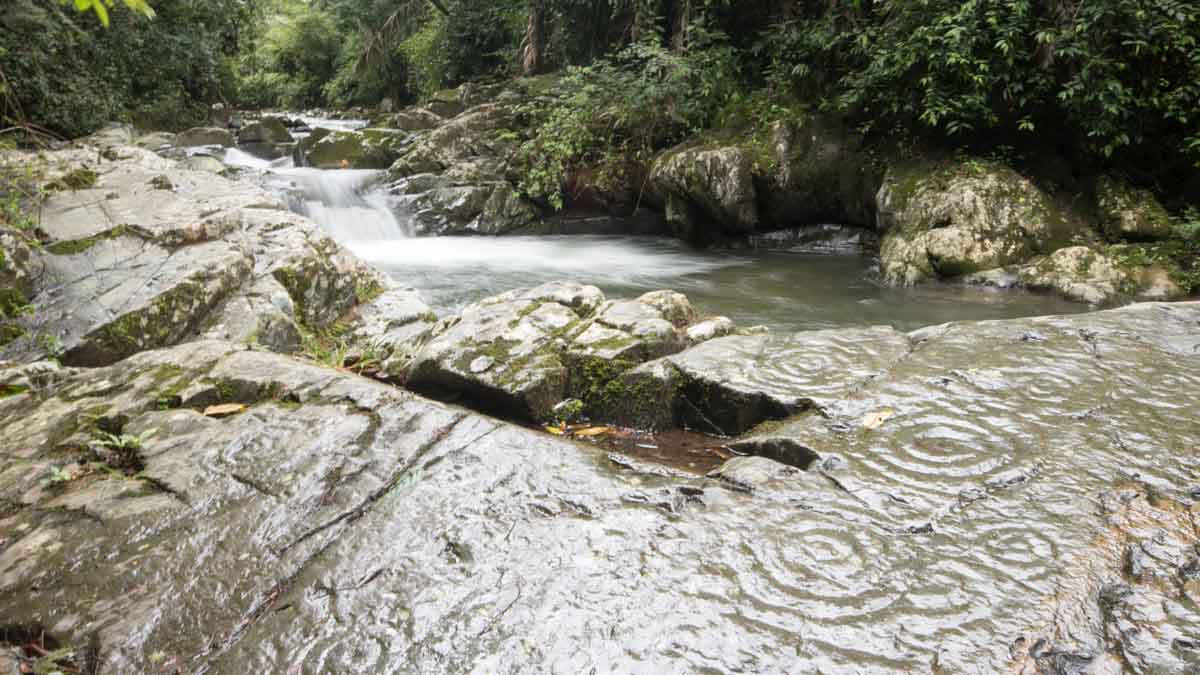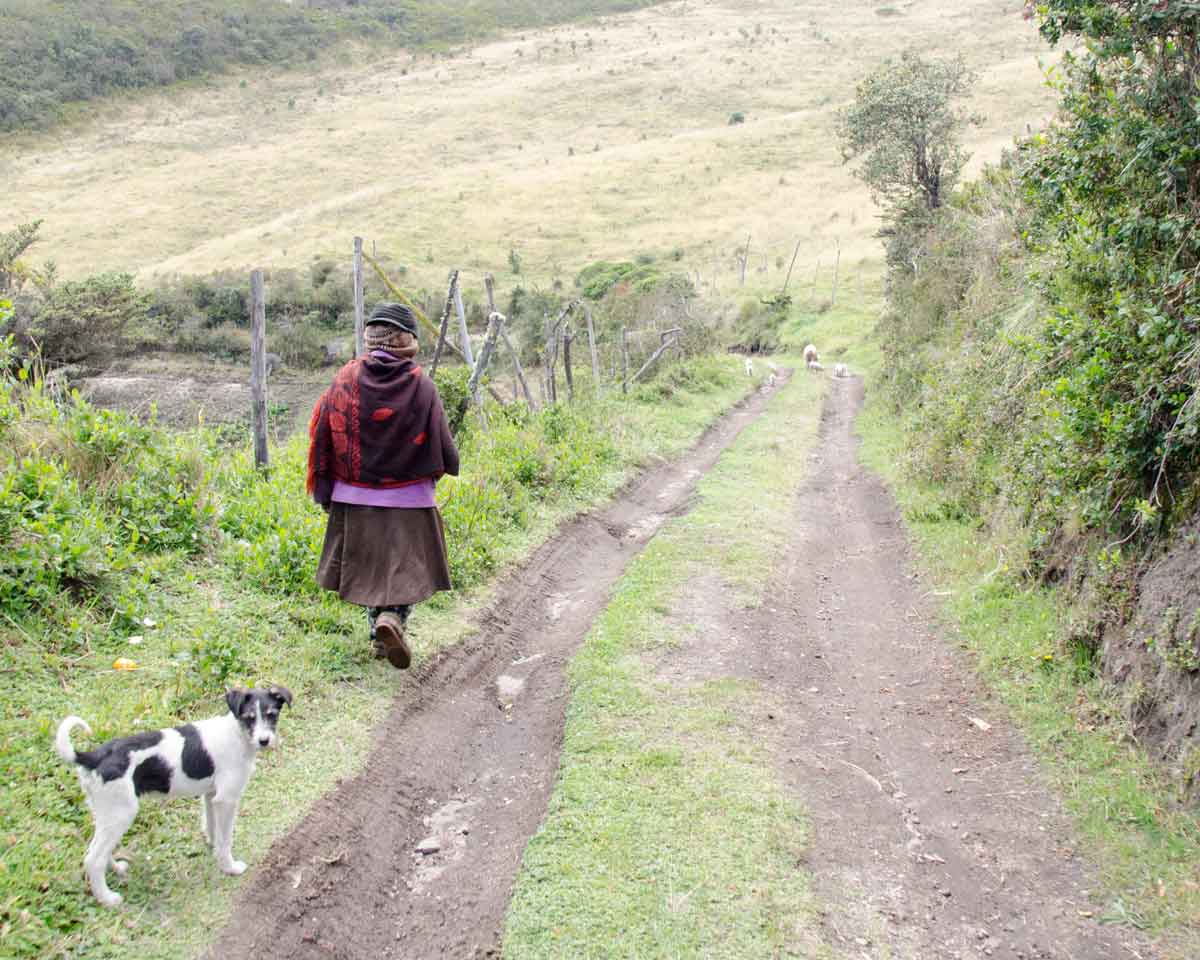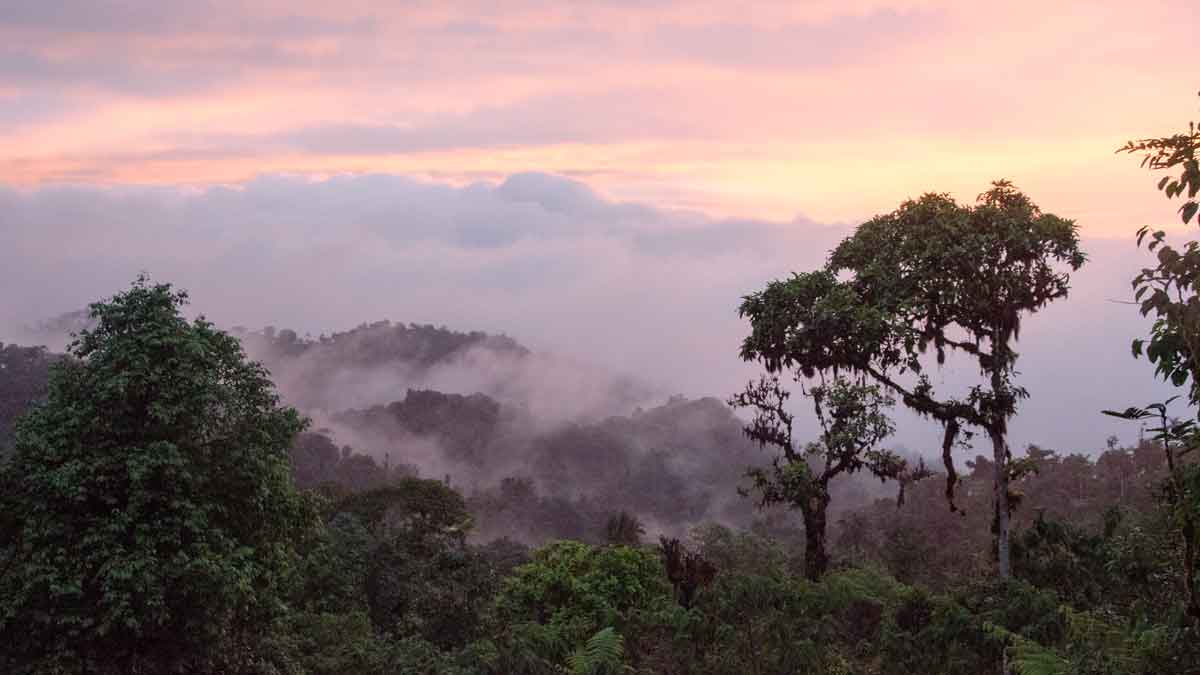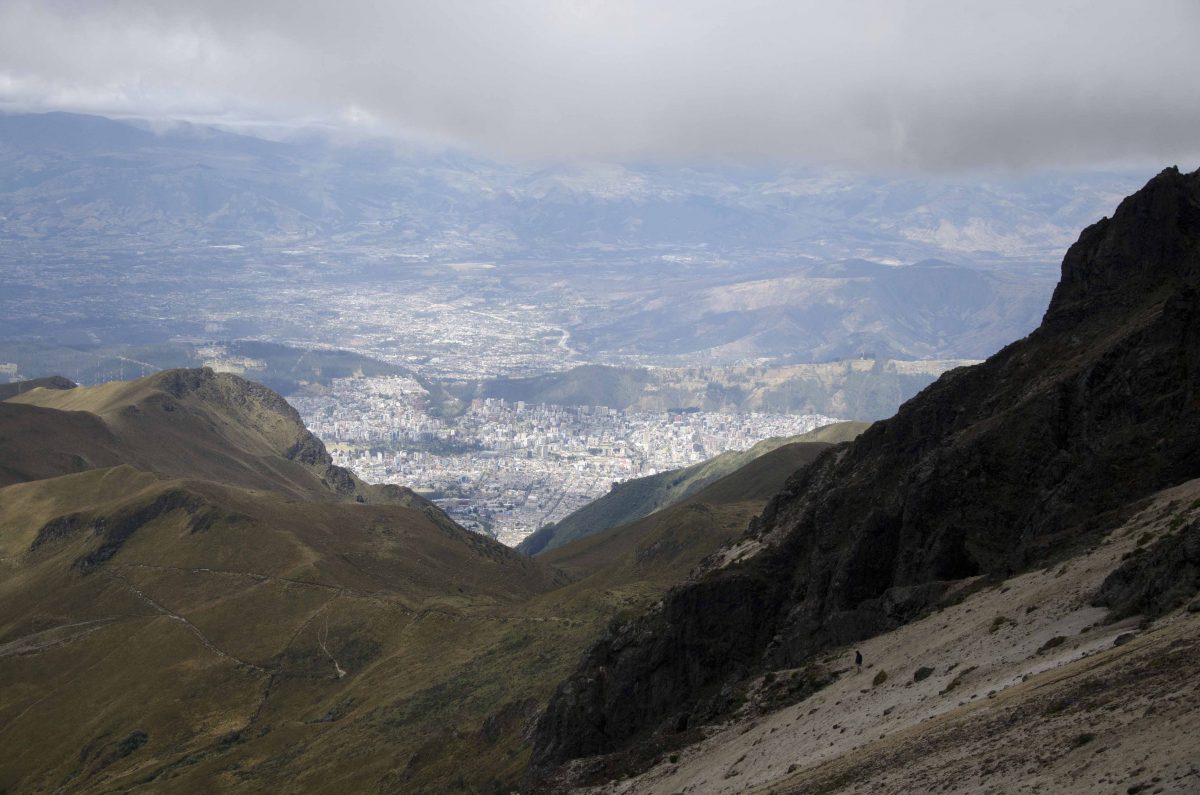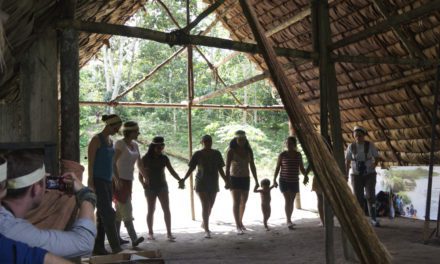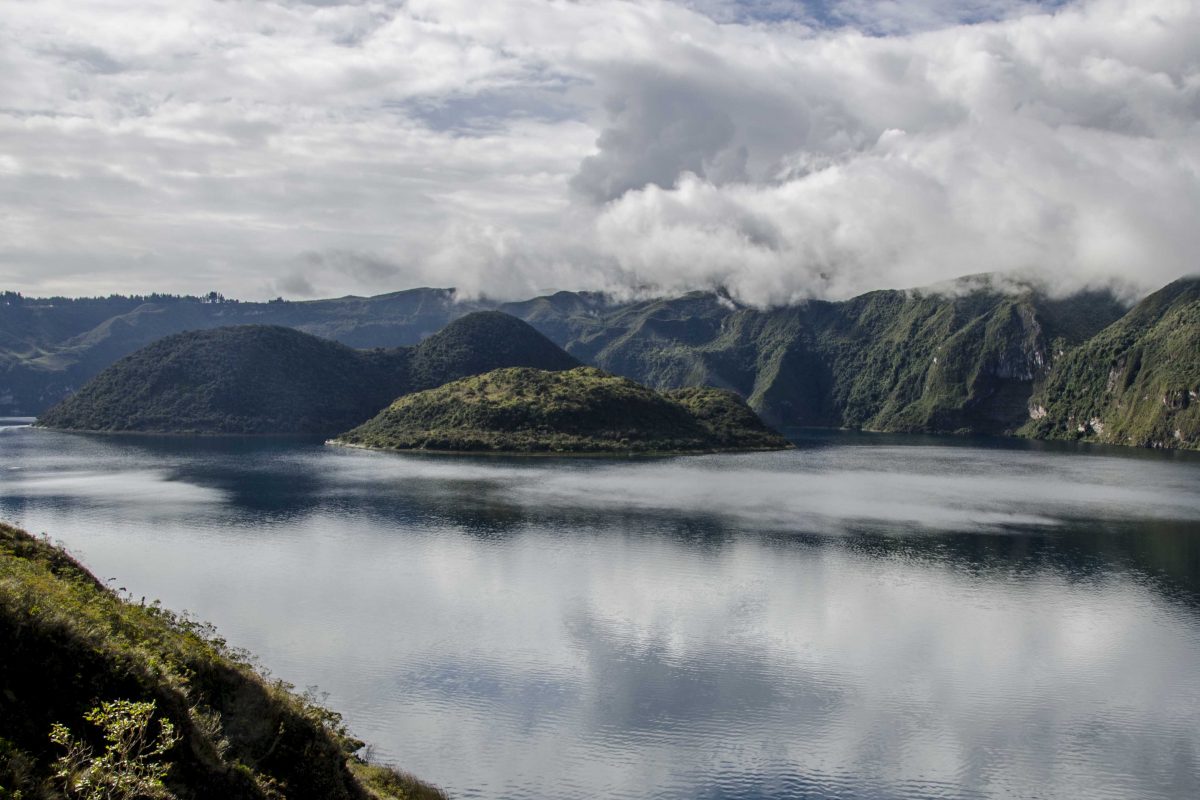As responsible travelers evolve, so do the stories we share.
This article is part of our living archive — trusted content we continue to care for.
First published on August 1, 2018 • Last updated on June 2, 2022.
On July 25th, 2018, UNESCO announced that Ecuador will receive its seventh biosphere designation, the Choco-Andino de Pichincha Biosphere. The new reserve hugs the northern Ecuadorian Andes near the capital city, Quito. High peaks give way to foothills that are taller than many mountains in the United States.
The region is considered a biodiversity hotspot hosting some 270 species of mammals, including spectacled bear, Ecuadorian mantled howler and pacarana, alongside endemic species such as the Choco toucan and the Pichincha rocket frog. Approximately 880,000 people inhabit the biosphere reserve. Their main sources of revenue are the cultivation of sugar cane, and fish farming, as well as breeding and trading livestock.
Stunning Elevation Change of the Choco Andino
Situated in the northwest corner of the Pichincha Province of Ecuador, the Choco-Andino de Pichincha Biosphere Reserve captures the essence of living on the edge. Literally, the land encompassed by the new reserve sits on the western brink of the high Andes. Imagine looking down from its highest point at 14,698 feet (4,480 meters) to its lowest, a mere 1,181 feet (360 meters) above sea level. The drop in elevation is stunning.
My husband Scott and I have seen this startling elevation change from high and low. Impressive views greet visitors on clear days at the Yanacocha Reserve, which sits on the western slope of the Pichincha Volcano. The main trail cuts through high altitude cloud forest where, on a clear day, hikers can admire the gorgeous blue-green river valley of San Miguel de los Bancos, a tiny town that overlooks the Rio Blanco. All of the territory encompassed in this view is part of the Choco-Andino de Pichincha Biosphere Reserve.
Standing at lower elevations of the Choco-Andino while looking back towards the Andes is no less stunning. While visiting the Sol y Montaña Research Center in Gualea, I took panoramic photos across the experimental coffee farm. The view over the farm fields includes a small, wooded river valley in the foreground, followed by a few foothills dotted with other farms, and in the far distance, the dark green of dense, damp, cloud forests. The Pichincha Volcano looms large in the background. Despite a mere 22 miles as the crow flies between the lowest and highest points of Choco-Andino de Pichincha, a striking diversity of habitats exist in this new biosphere. In reality, the Choco-Andino is comprised of dozens of interconnected habitats, each living on the edge of the next interdependent micro-environment.
The Birds of the Choco-Andino
The rapid changes in elevation make finding new species a common occurrence throughout the biosphere. In fact, a visit to a local birding lodge makes it easily apparent that different birds live in very distinct altitudes. For example, the Choco Toucan loves the lower river valleys near Milpe while its Toucan Sam-like cousin, the Pale-mandibled Araçari can be found both low and mid-range. Finally, the Plate-billed Mountain Toucan is found along one of the higher altitude ridgelines running from Tandayapa to Mindo.
And it isn’t just toucans. There are tanagers, hummingbirds, spinetails, antpittas, flycatchers, owls, raptors and more. I recommend that birdwatchers have an idea of at least a few key species they would like to see before deciding exactly where to stay or how to develop their route. But for bird lovers who just want to see splashes of gorgeous color flit and fly to nearby feeders or are thrilled at spotting any new species during a woodland hike, have at it! There isn’t a place in the Choco Andino that we do not recommend visiting.
Other Fauna of the Choco Andino
Moreover, where there are birds, there are usually insects and spiders as well as amphibians and reptiles. Daytime hours are best for butterflies, lizards, and many flying insects. However, the night is when the Choco Andino comes alive! Take a hike with a small source of light to guide the way. Check out the cavities of bromeliads for small frogs and tarantulas. The undersides of broad-leafed plants hide night-loving insects. A perfectly aimed headlamp makes the eyes of wolf spiders glint like sparkling diamonds along the trail.
It isn’t just these creatures that love the night. In the early evenings following delicious dinners made of local ingredients, we’ve spied the long-tailed Olinguito, the White-eared Opossum, the angry-looking Kinkajou, and multiple species of bats that come sipping at hummingbird feeders. All this without leaving the immediate grounds of the birding lodge.
During the daytime, we have seen sleek, black and tan Tayras steal plantains from bird feeders and watched long-snouted Agouti snack on scattered corn. Gorgeous and busy red-tailed squirrels compete with some of the larger birds for plantains at the open bird feeders. While seeing a squirrel may not sound exciting to those of us who grew up in the United States, most Ecuadorians have never seen one.
One animal in the Choco Andino tops our bucket list, the endangered Andean Spectacled Bear. Increased education seems to have led to an increase in native populations. At the very least, Ecuadorians are sharing more bear sightings on social media than in recent years. We hope that this next trip will garner us a sighting or two!
The Flora of the Choco-Andino
Much of the higher elevations of the new Choco-Andino Biosphere Reserve are covered in pre-montane cloud forest. These mysterious, damp, and dark places are covered in thick woodlands. However, when hiking in these forests, many trees fade into the background as their densely covered branches take center stage. These mini-habitats drip with ferns, bromeliads, climbing vines, and orchids. It’s like viewing a prolific terrarium in the wild!
In the lower elevations, the climate is more temperate and the mountains fade into foothills. These pre-montane cloud forests feel more tropical than their high altitude neighbors. Trees are taller. Undergrowth is prolific. And water is everywhere. There are rivers and streams, cascades and waterfalls. Hikes almost always include an opportunity to wade or swim in clear, clean, and cool water fresh from high Andean slopes.
A hike through most of the Choco Andino Biosphere Reserve sends me back in time to my great aunt’s English cottage. Common houseplants like her colorful begonias and potted cheese plants grow wild throughout the Choco Andino. In fact, many of the houseplants we take for granted have origins in these South American subtropical forests. This area is rich in mosses, ferns, fungi, epiphytes, flowering plants, and fruiting trees. The diverse flora is a large reason why so many different species of animals survive in this region.
The highlight flora of the entire Choco-Andino is easily the orchid. Ecuador has over 4,000 identified species of orchids with a great many found in along the Andean West Slope. Additionally, the range of many orchids is limited to a few hundred feet of elevation making this biosphere an especially rich location for hundreds, if not thousands, of different varieties.
Many of these orchids are unrecognizable to the average orchid lover. With flowers smaller than a ladybug to as large as the palm of your hand, with colors ranging from pale yellows to deep, dark burgundy reds, with shapes that are not stereotypically slipper-like, these orchids are trip-worthy on their own. Include the other magnificent things to see and a visit to the Choco-Andino could easily turn into the trip of a lifetime.
People Living on the Edge in the Choco-Andino
Since before the time of the Inca, the Choco-Andino has been home to native Ecuadorians. The best known of those ancient people is the Yumbo. They built ancient stone pools that today make up the in-situ archeology museum of Tulipe. They left river stones carved with spiral-shaped petroglyphs. They also designed and constructed trails connecting coastal civilizations with their Quitu-Caranqui neighbors to the northeast in what is today modern Quito. They discovered agriculture, growing many Andean fruits and vegetables in the rich volcanic soil. They survived both the Inca and Spanish incursions with their culture intact only to be destroyed by a devastating volcanic eruption. Volcanic ash and tremors from repeated earthquakes proved to make living on the edge of the Pichincha Volcano a dangerous proposition.
Today’s residents take pride in the history and culture of the region. Farming is by far the most common economic pursuit with sugar cane leading the way. Artisan-made panela, a type of lightly processed cane sugar, sells in local markets as well as the capital city, Quito. But as farmers look to make more money off the land, many have converted to land-intensive cattle farming. More forward-thinking farmers are planting coffee with hopes of attracting international attention. But investment comes at a heavy price and most farms are too small to compete in the worldwide market of coffee. Coffee cooperatives are still young. There is hope that the new biosphere might bring investment as well as seasoned coffee buyers to taste what Pacto, Gualea, and Nanegalito have on offer.
Other residents hope that the new designation will be a boon for eco-tourism with increased opportunities for local guides and tour operators. With some parts of the biosphere already world-famous, like Mindo and Mashpi, lesser-known communities are hoping to attract tourists to lesser developed by equally beautiful locations in Milpe, Tandayapa, Gualea, and Pacto. An increase in tourism might help convince the federal government to cancel almost forty mining concessions that the majority of local residents do not want. They fear the pollution that comes from modern mining will degrade the pristine environment and threaten the biosphere as a whole.
Moreover, it is important to find space for environmentally responsible economic pursuits, like sustainable agriculture and eco-friendly restaurants and hotels. We believe the new designation will open doors to better education, increased jobs in eco-tourism, and create a demand for locally grown, sustainably harvested agricultural products. The newly designated UNESCO status must protect not only the wild places but the people and culture of this diverse and beautiful location.

